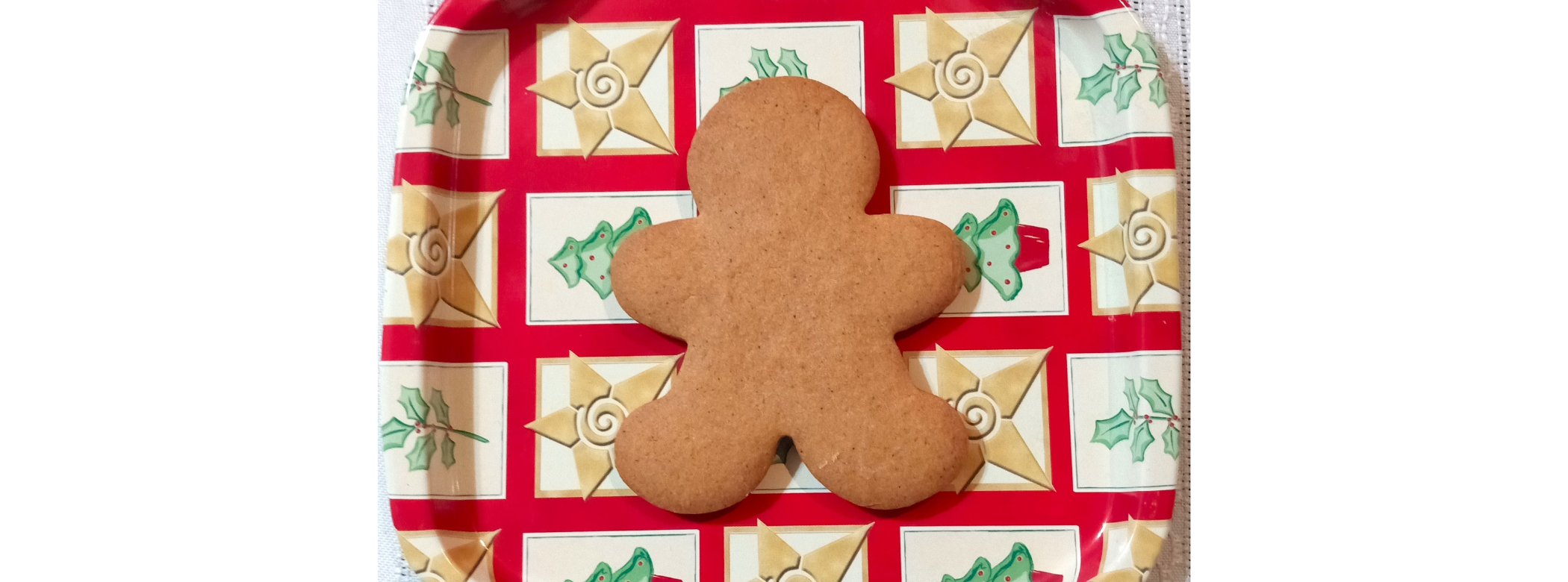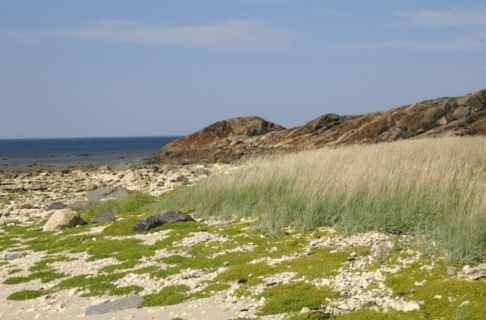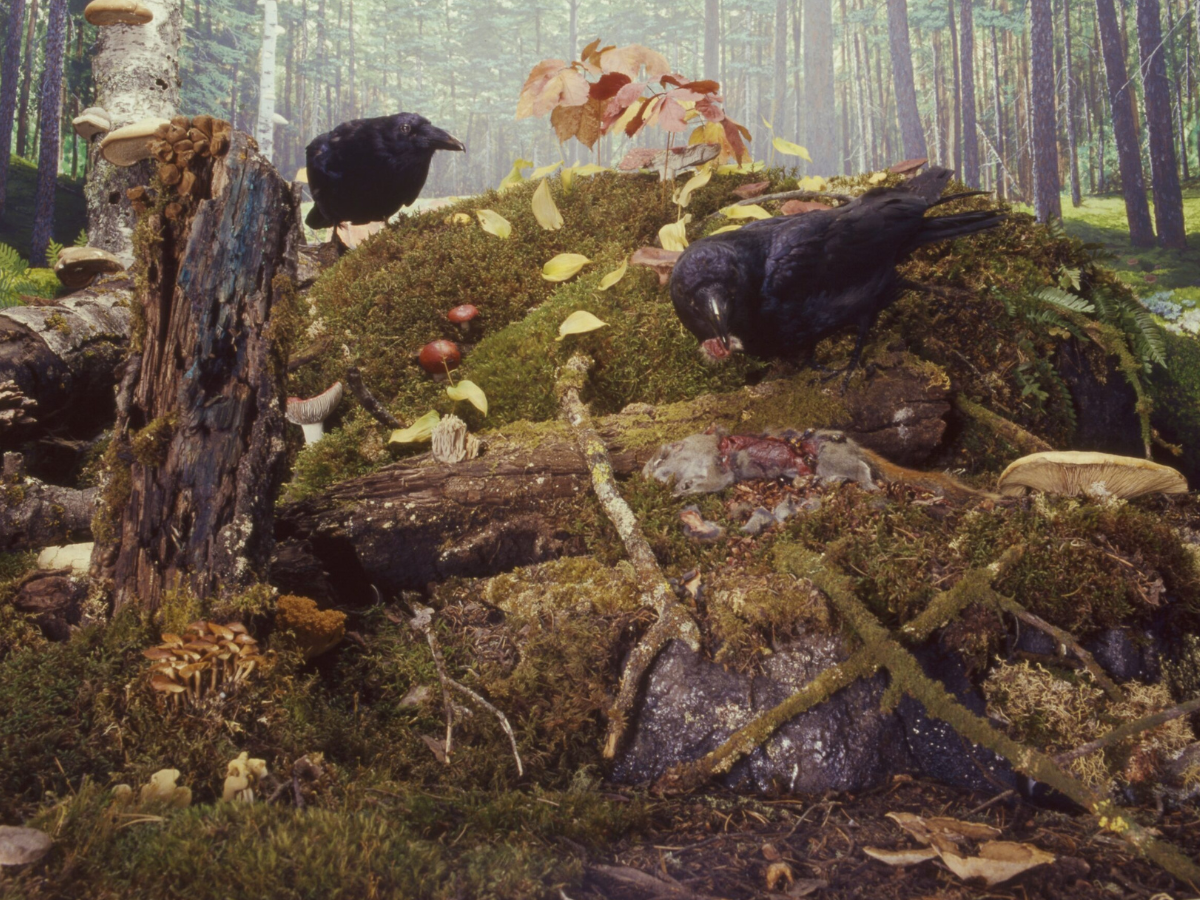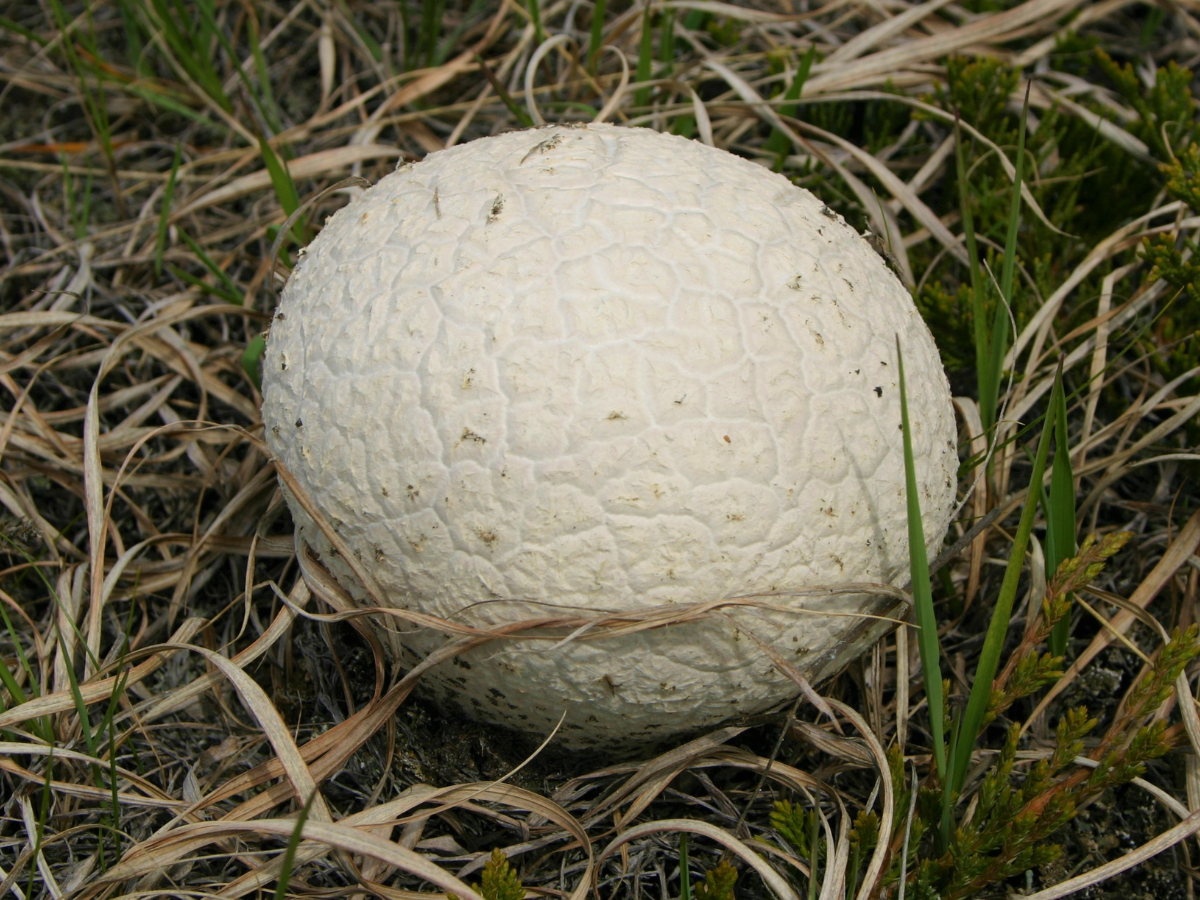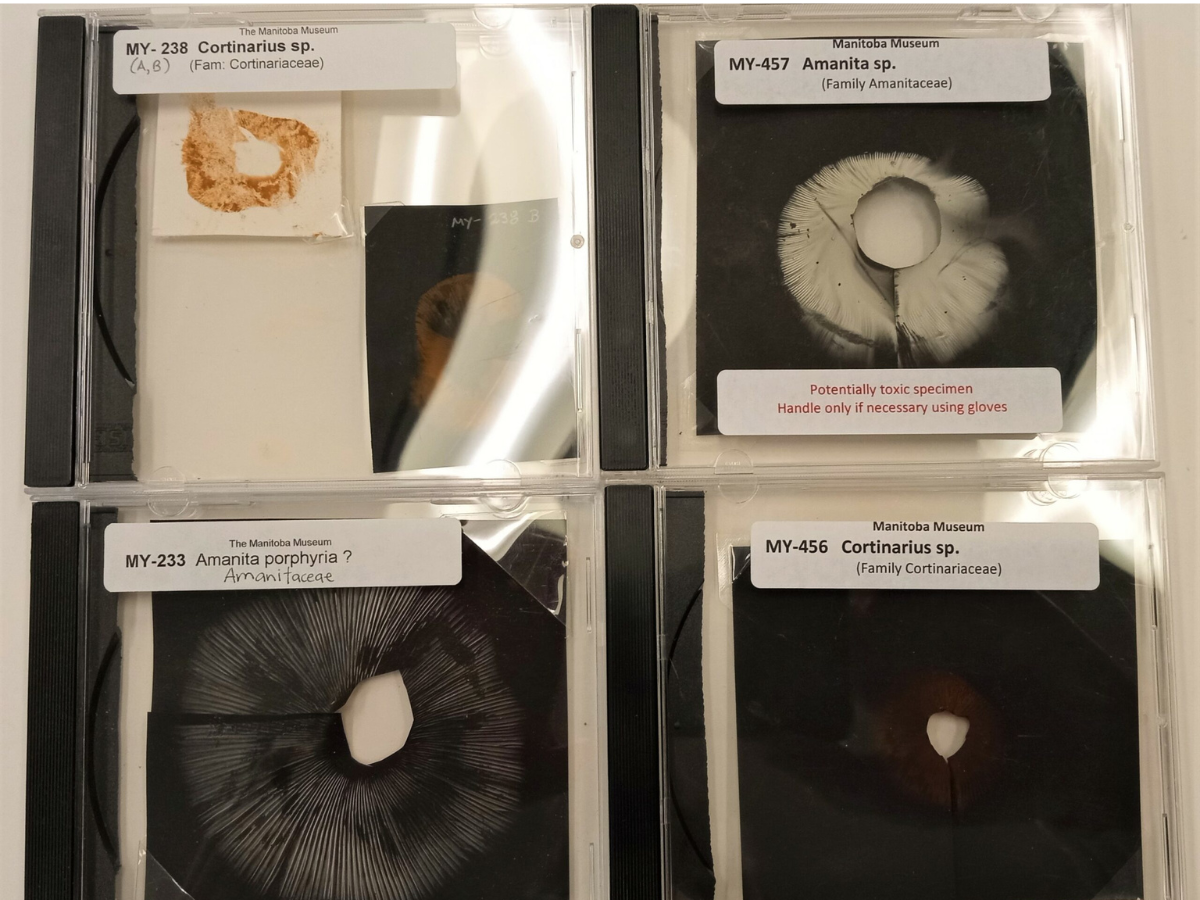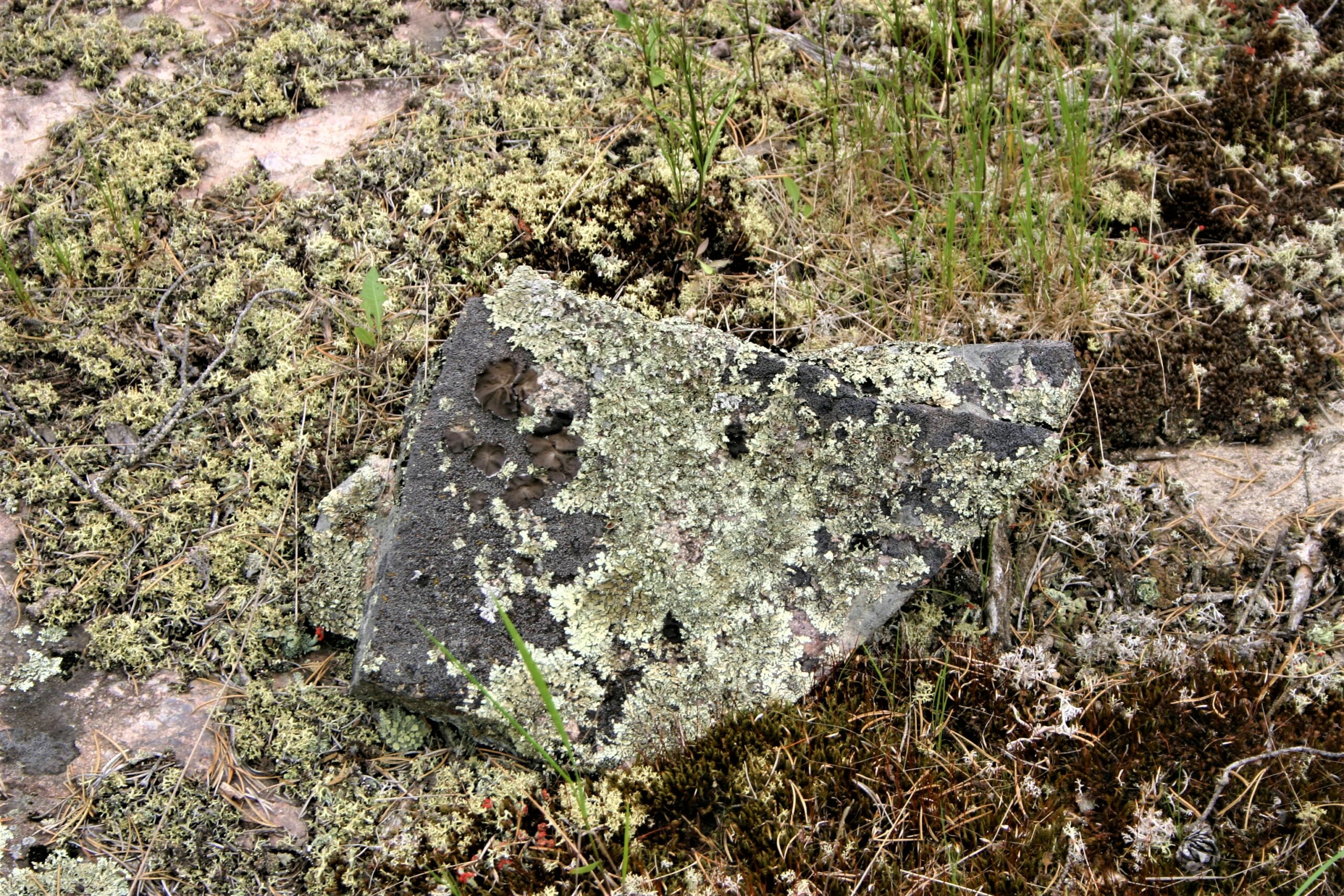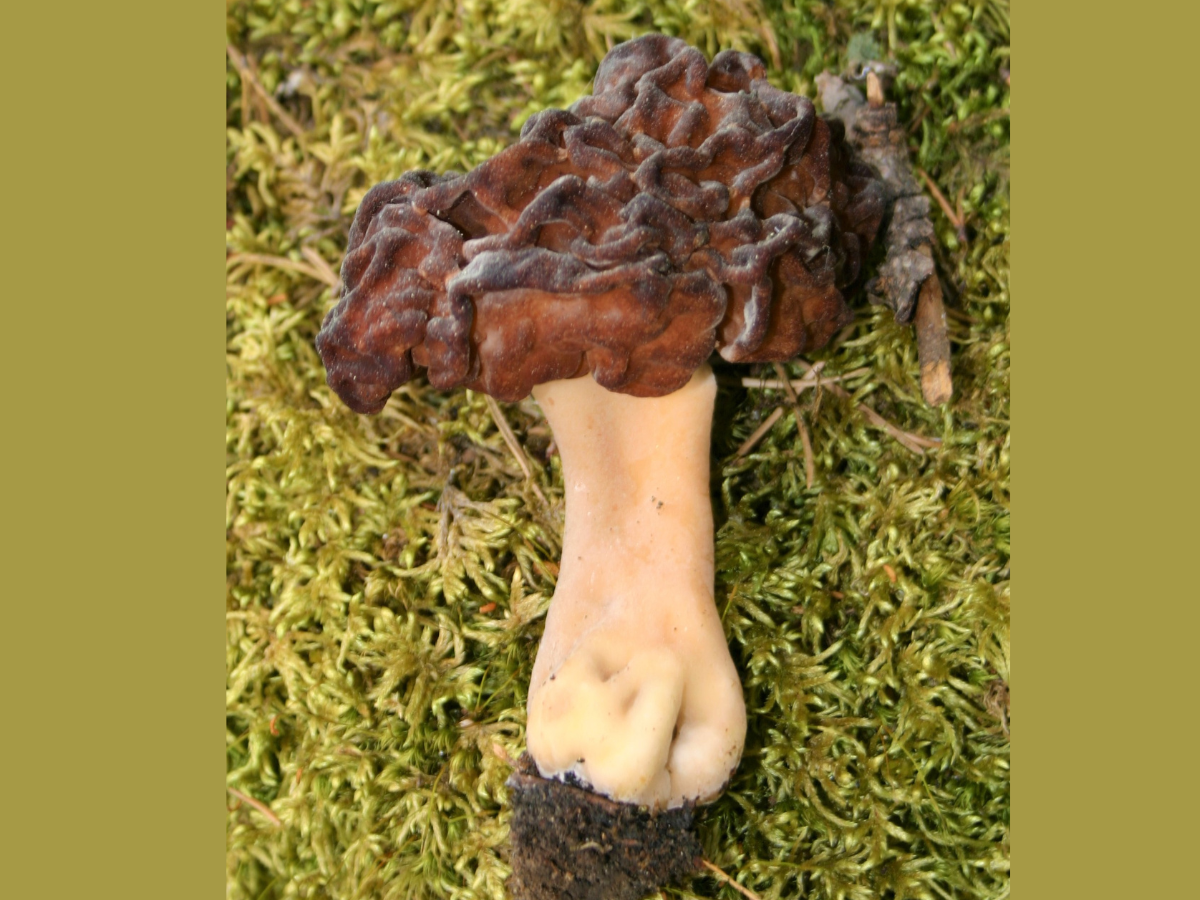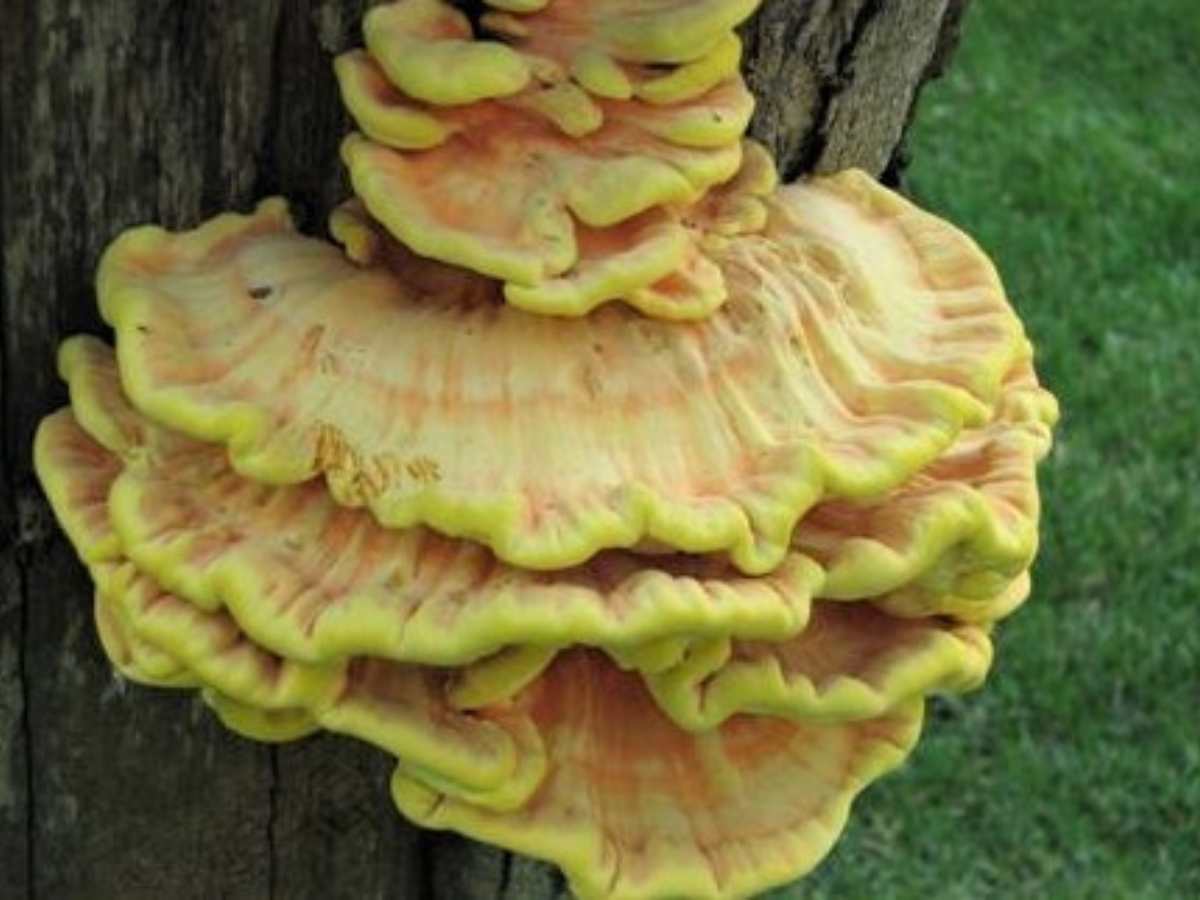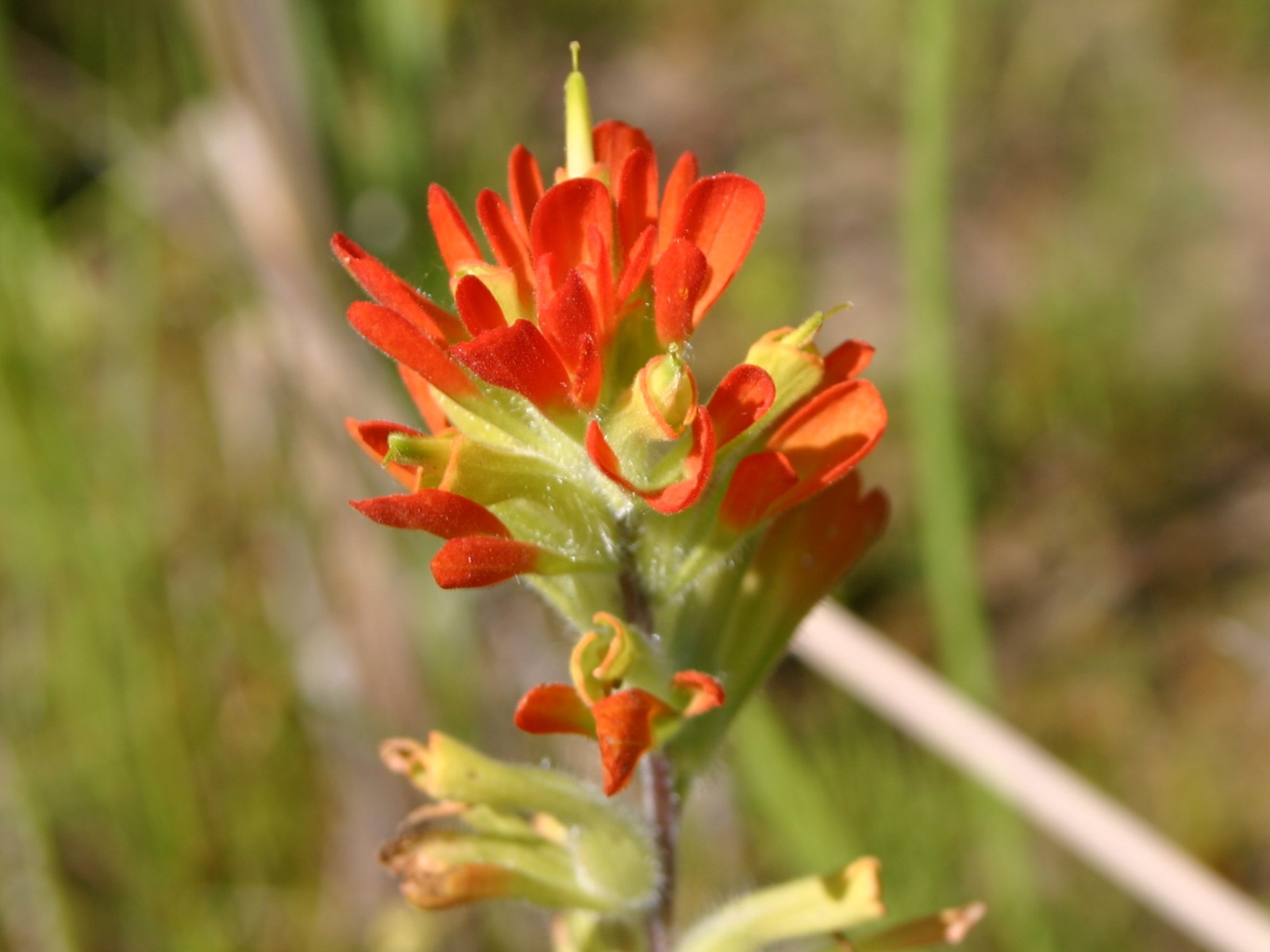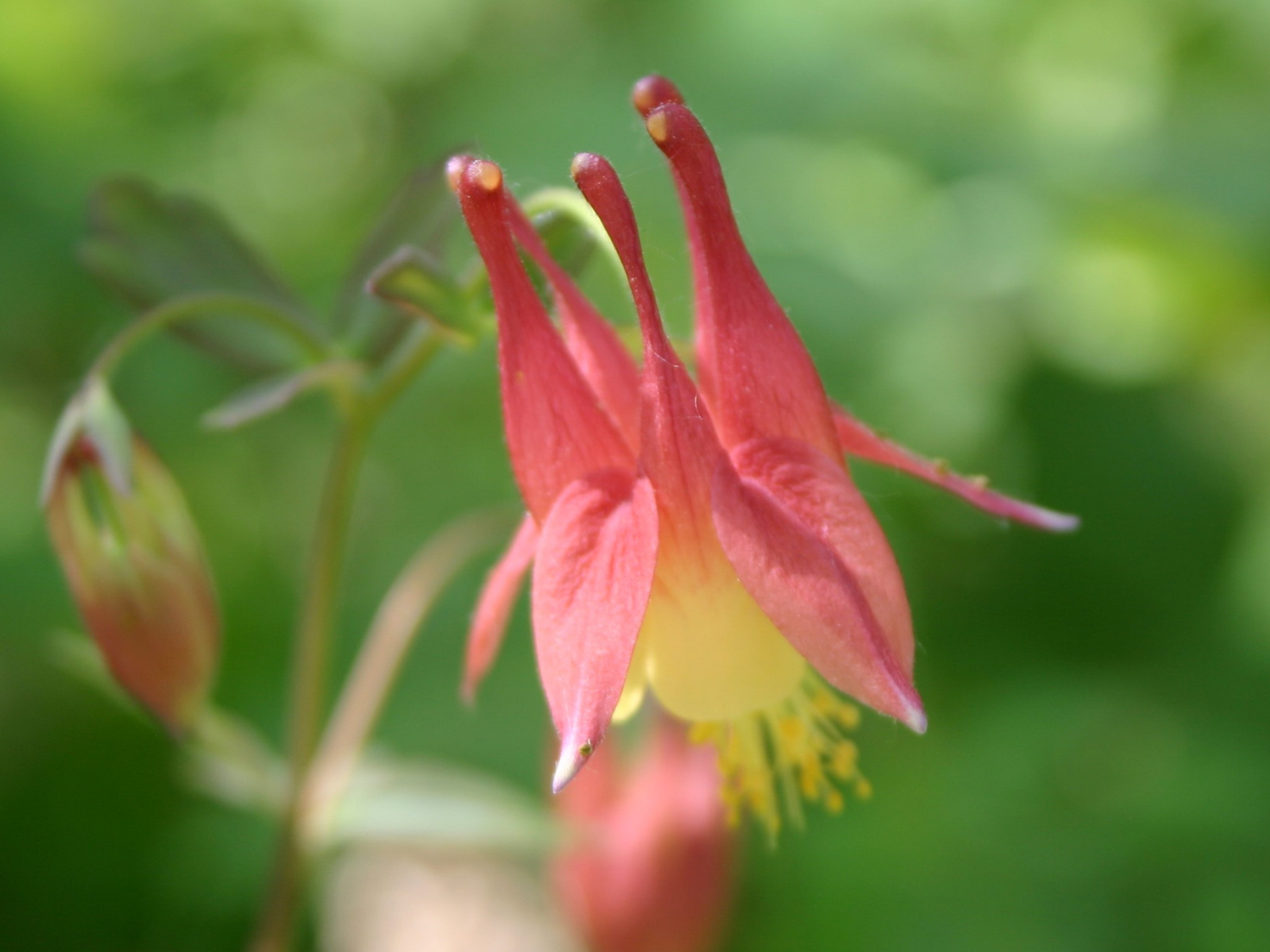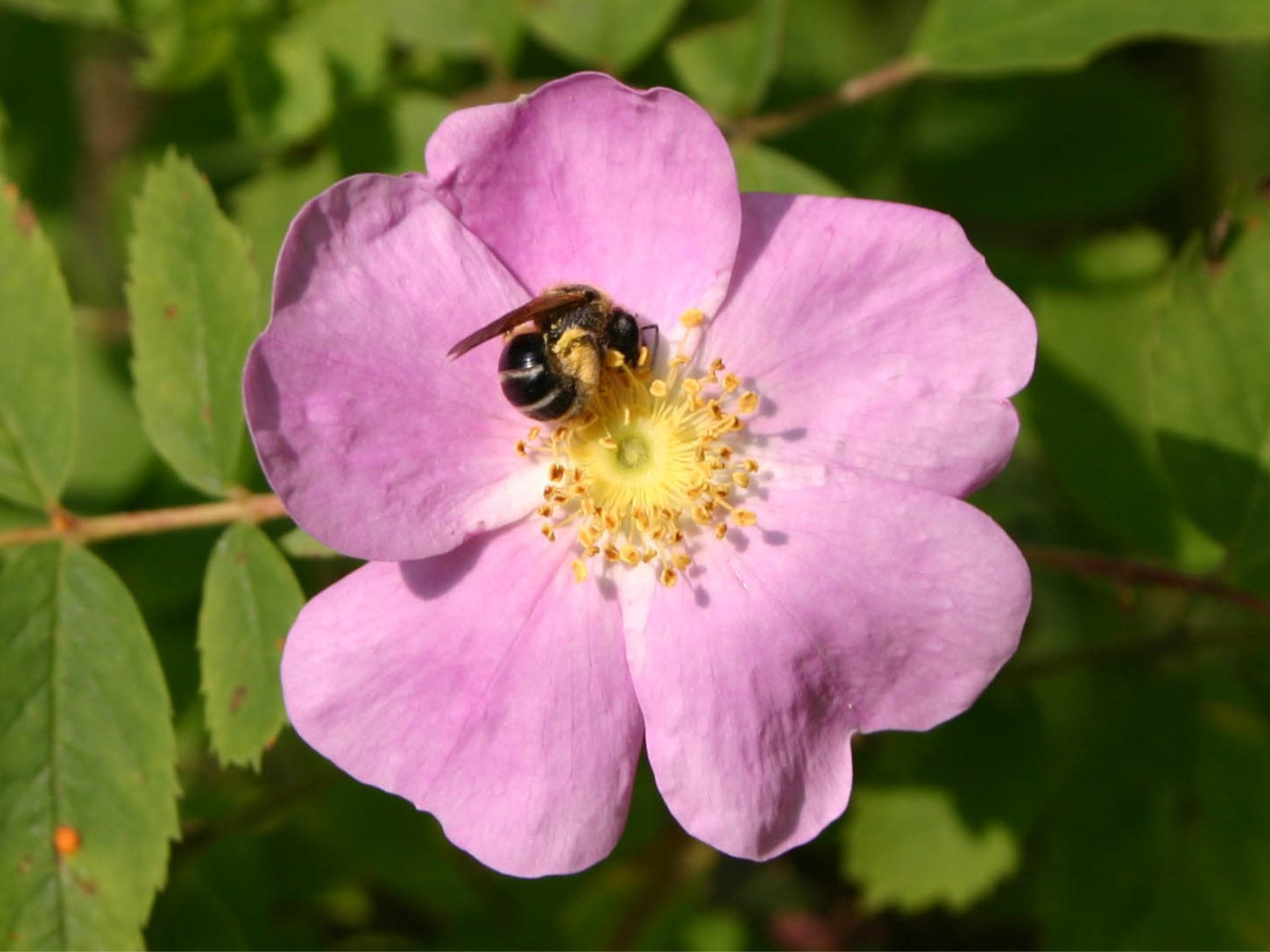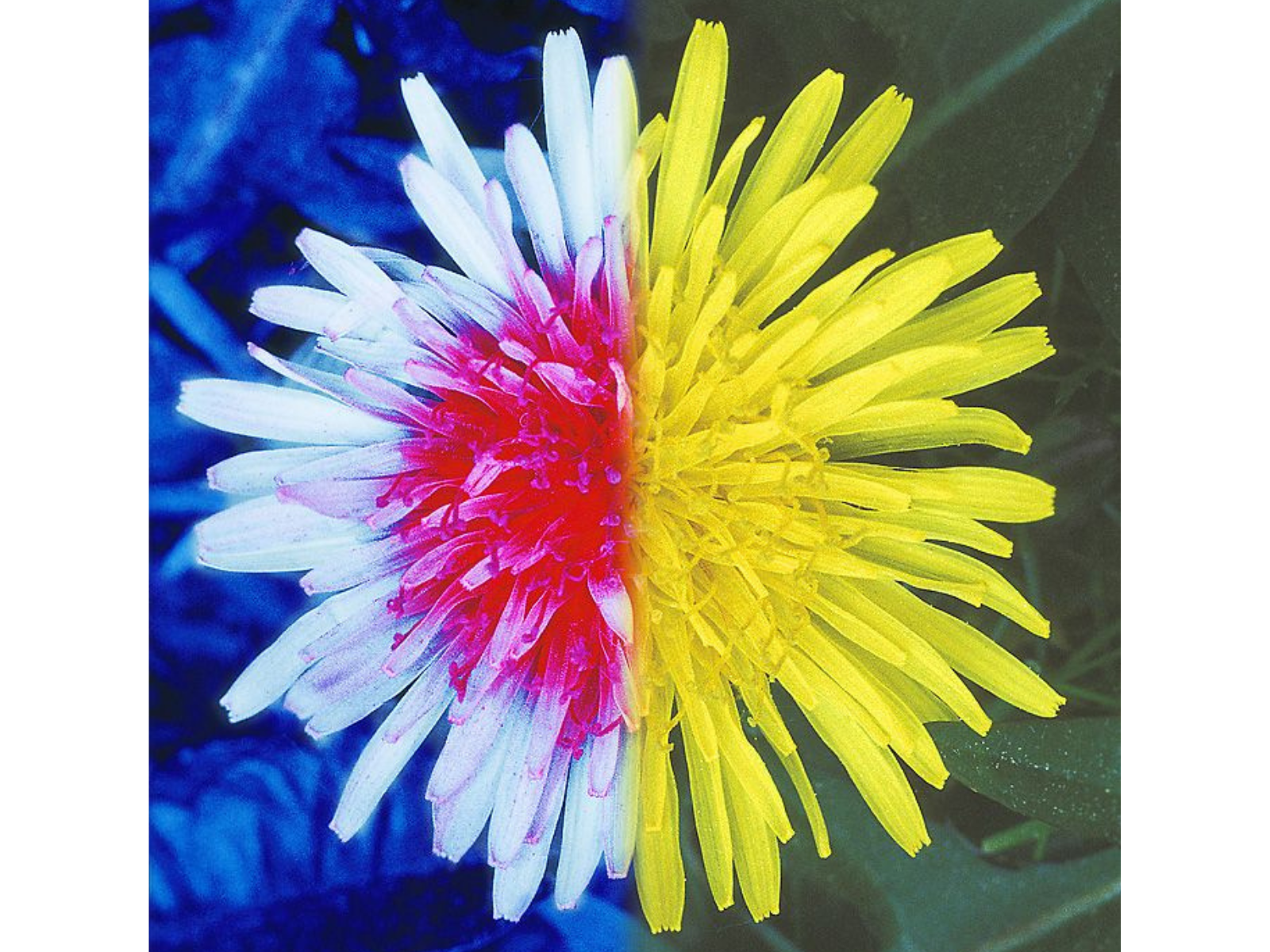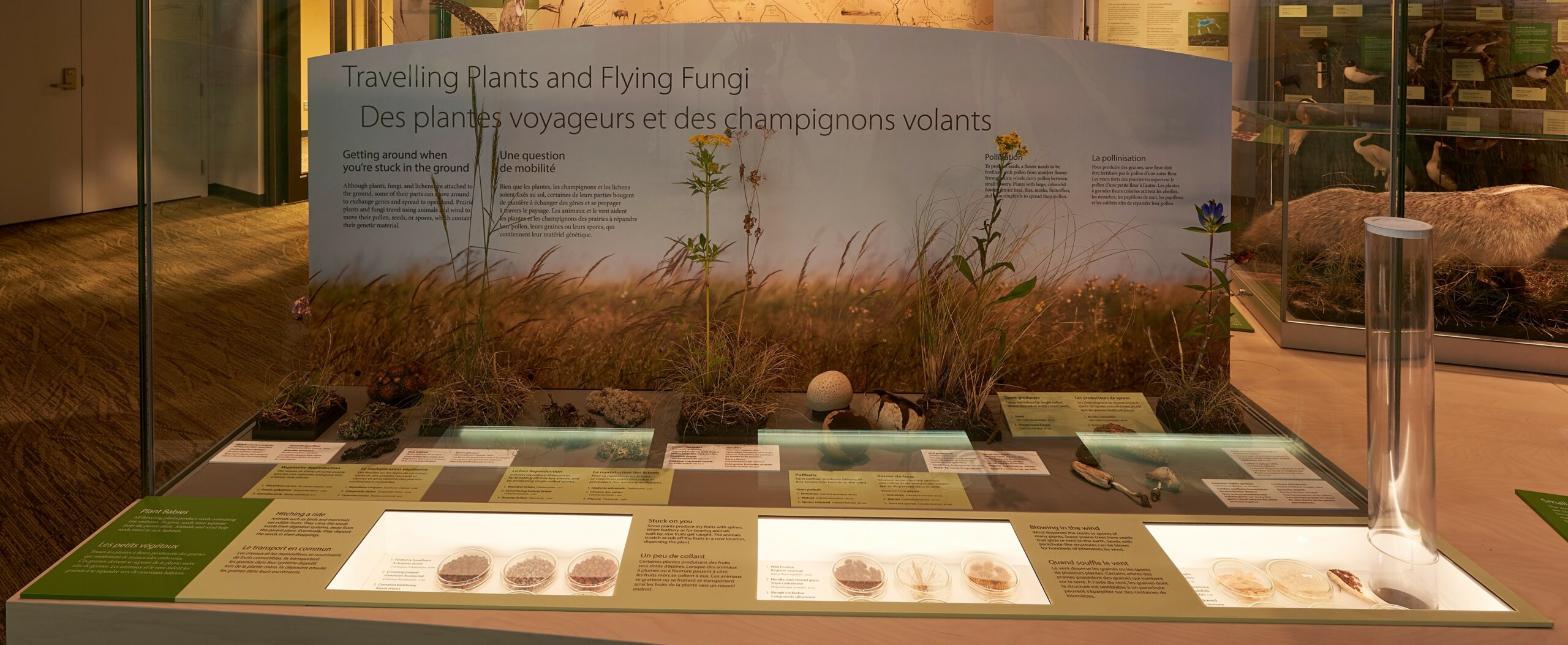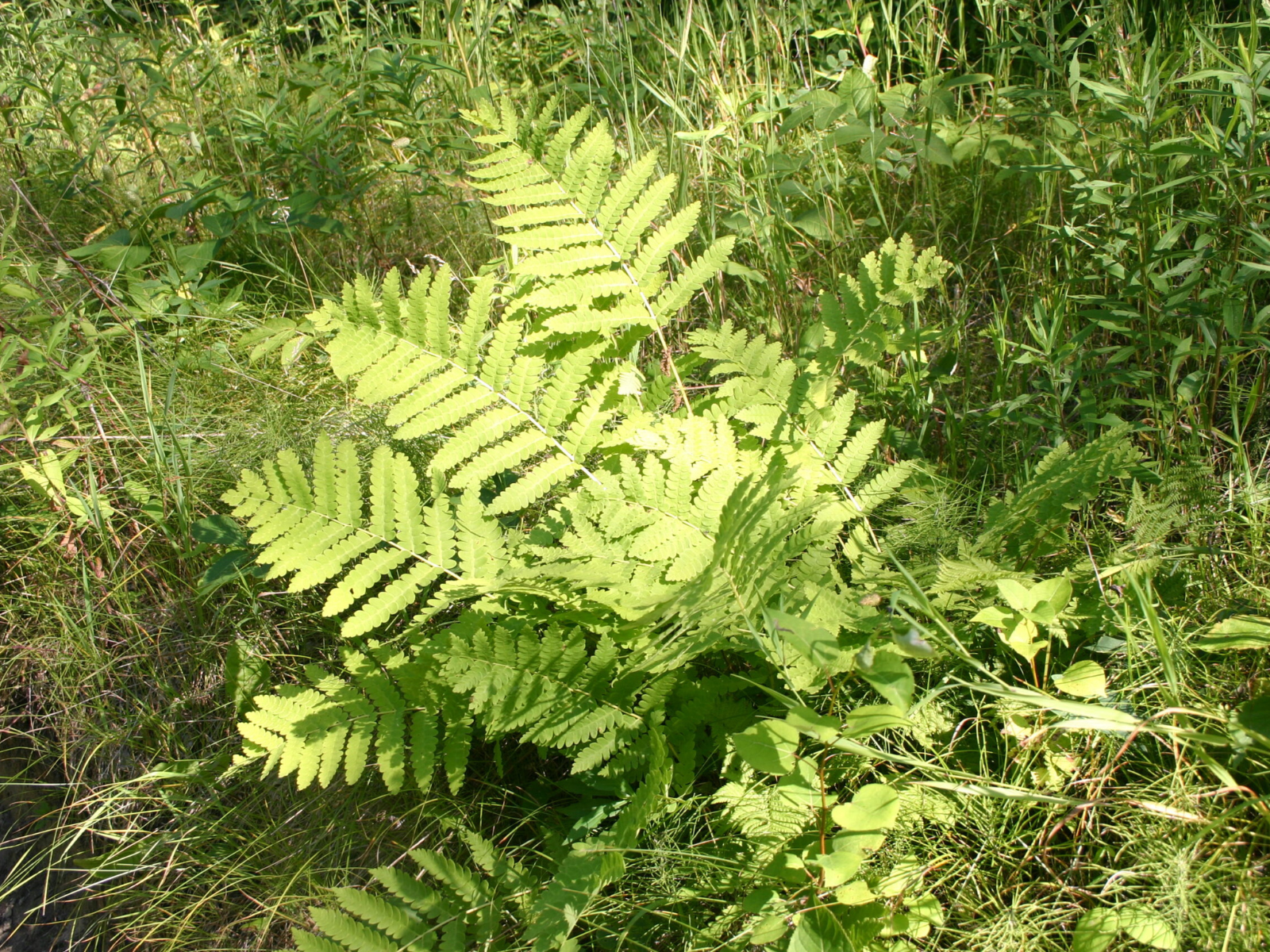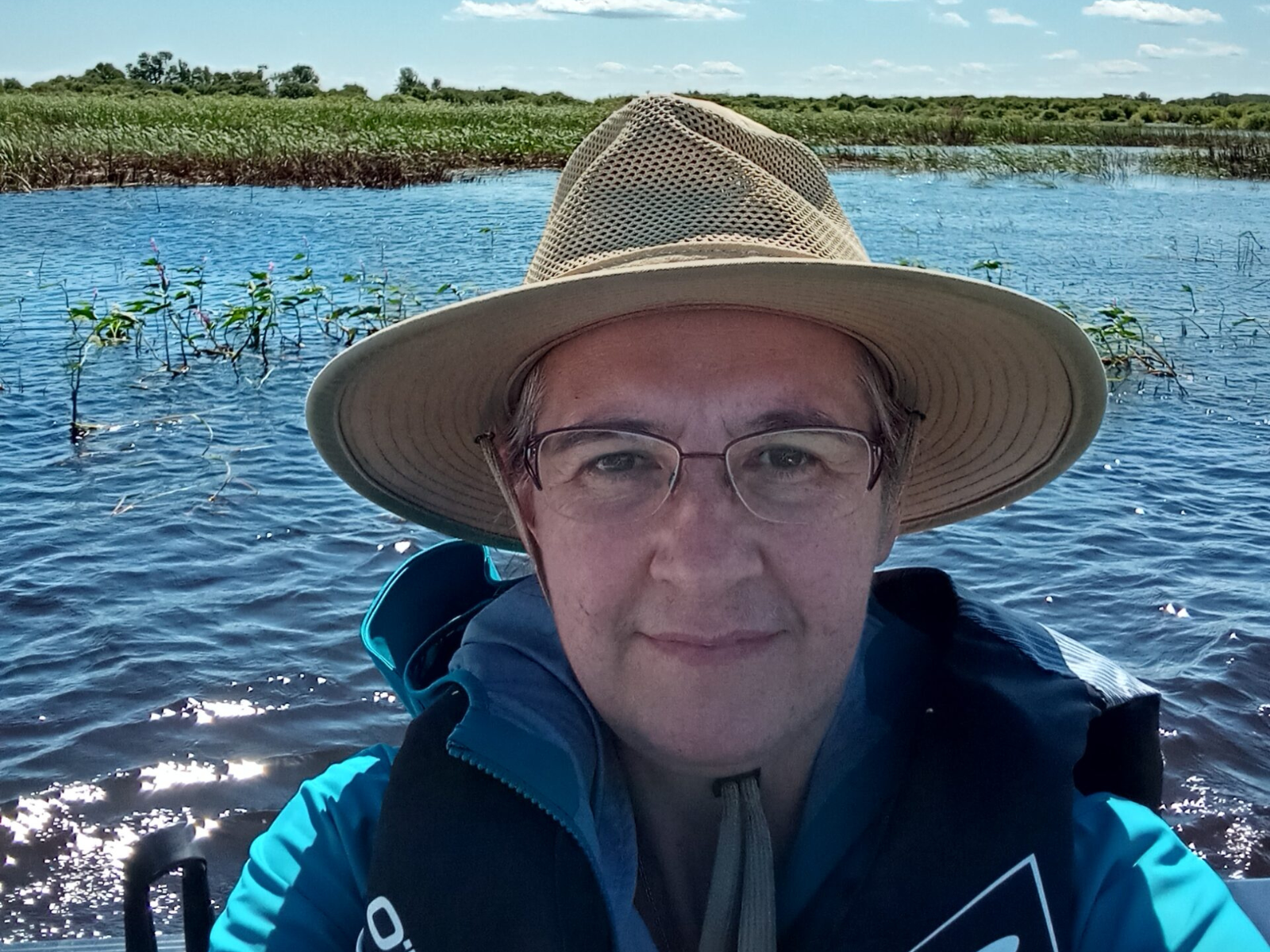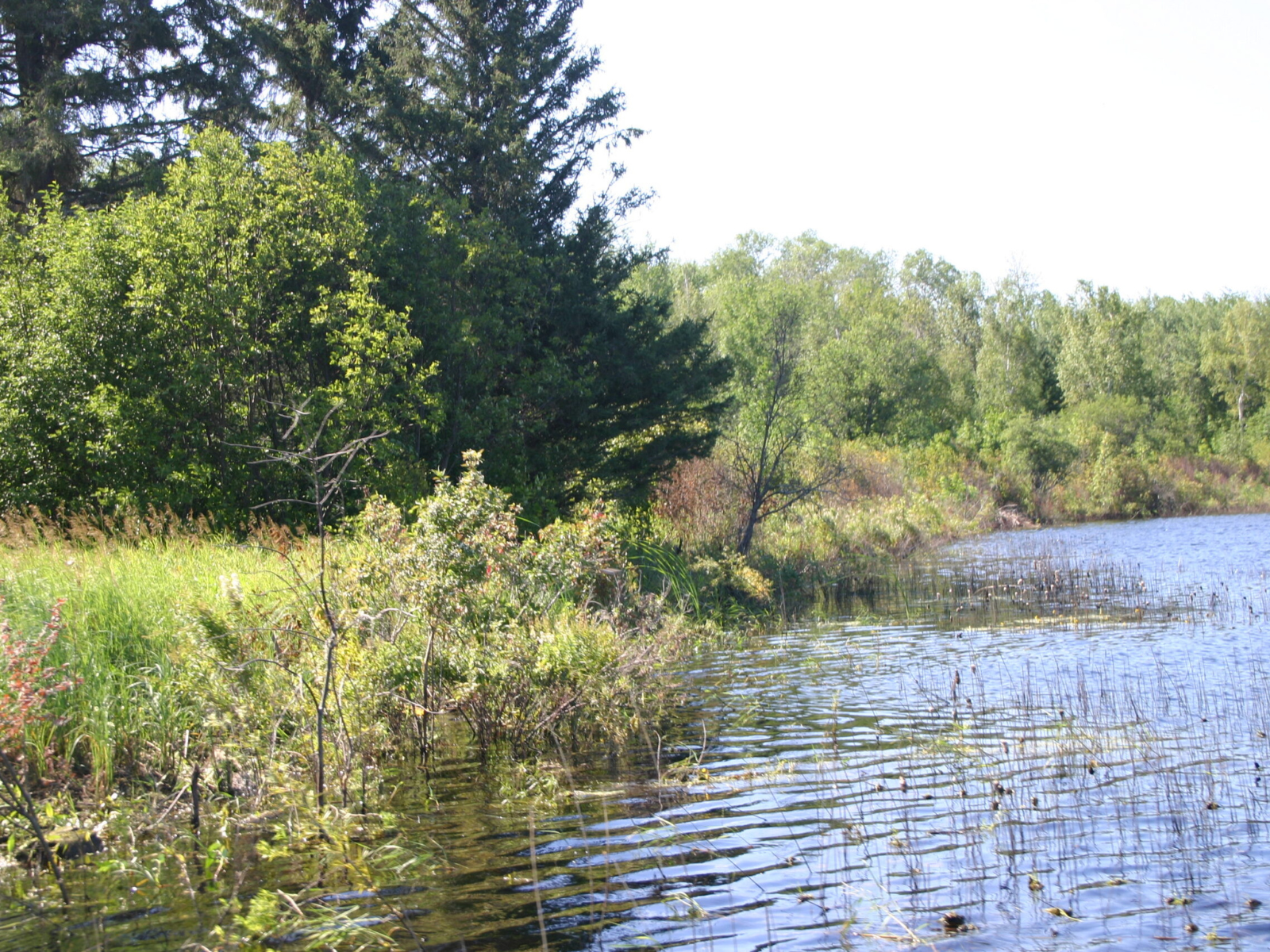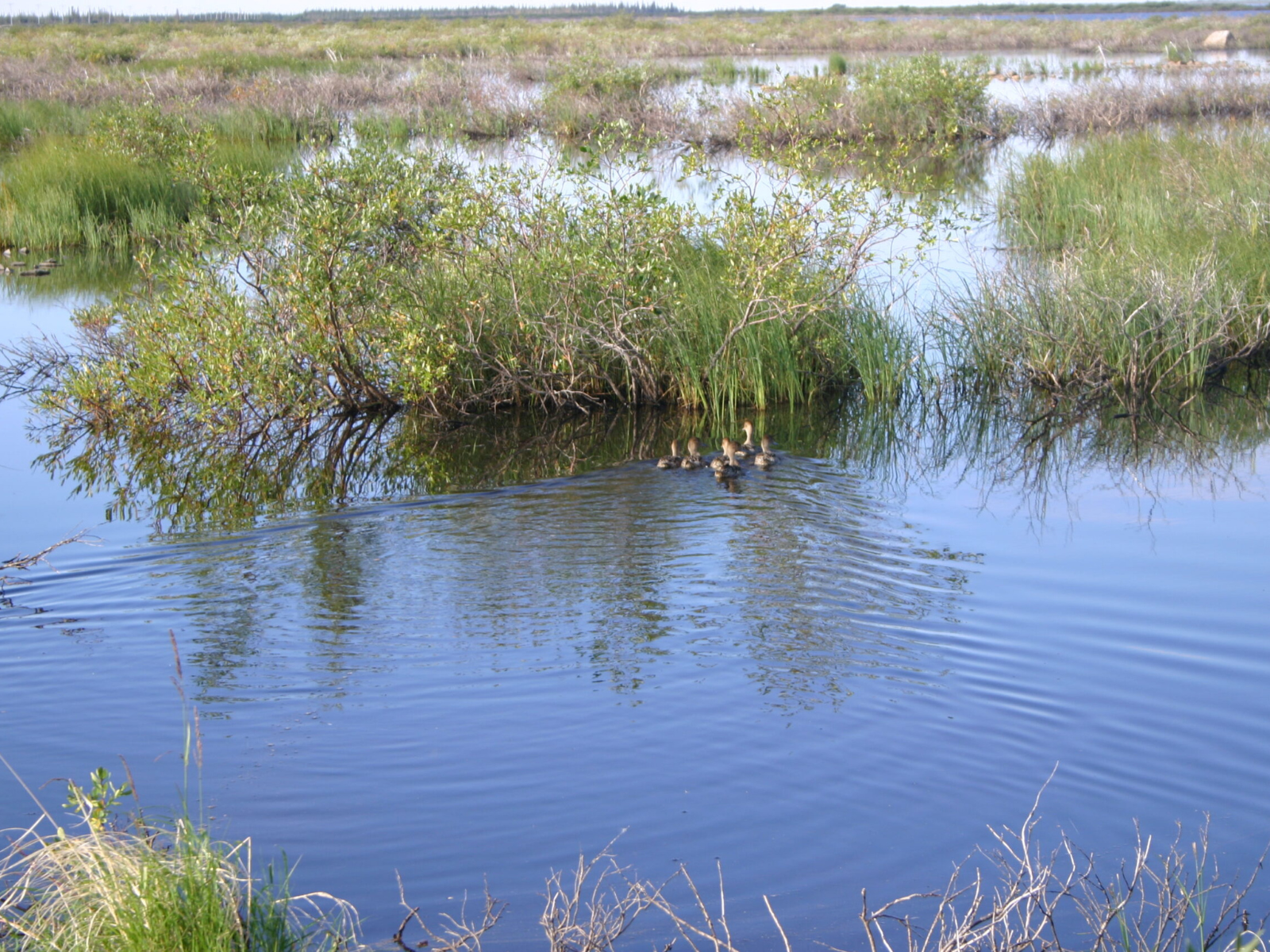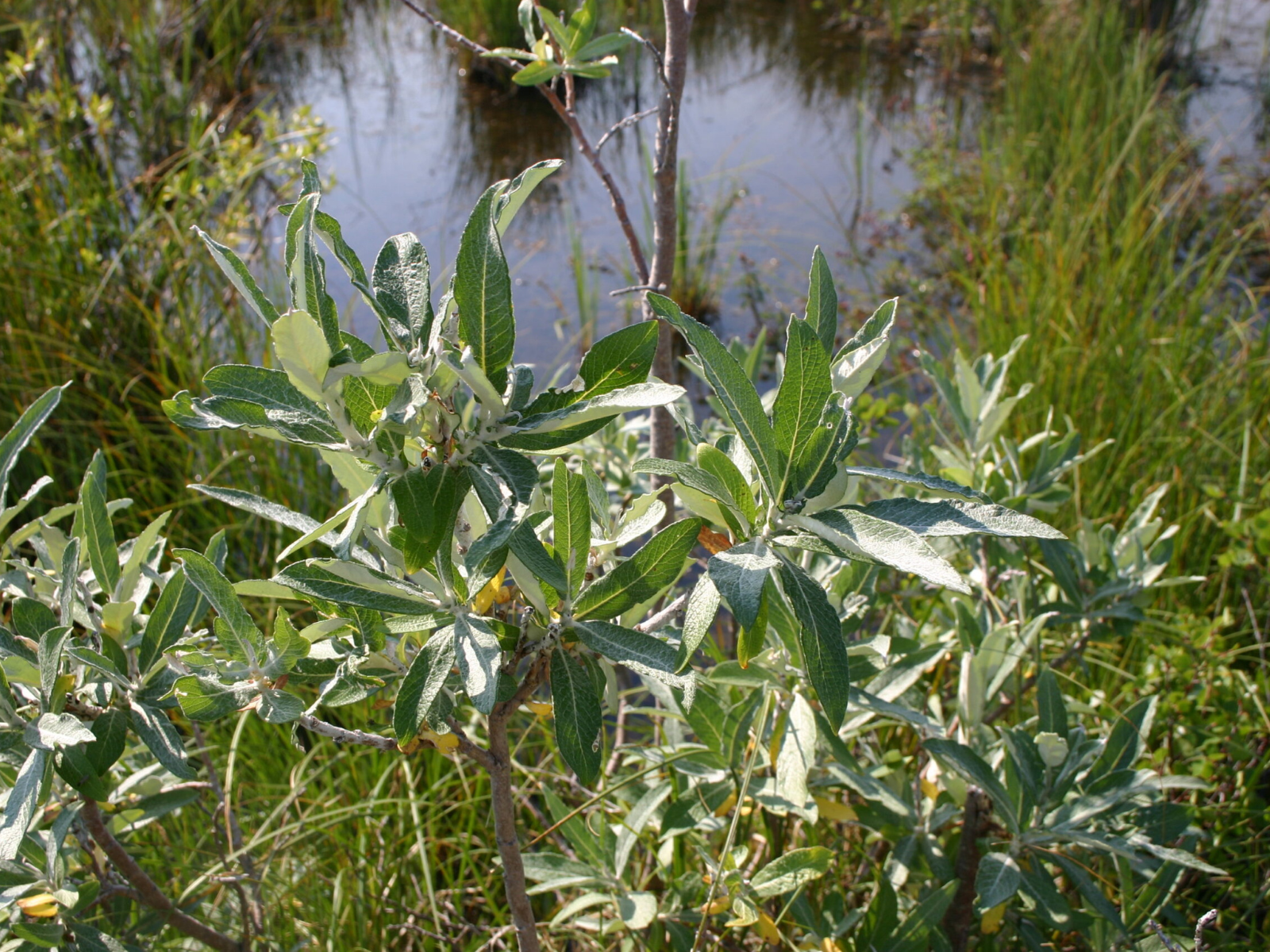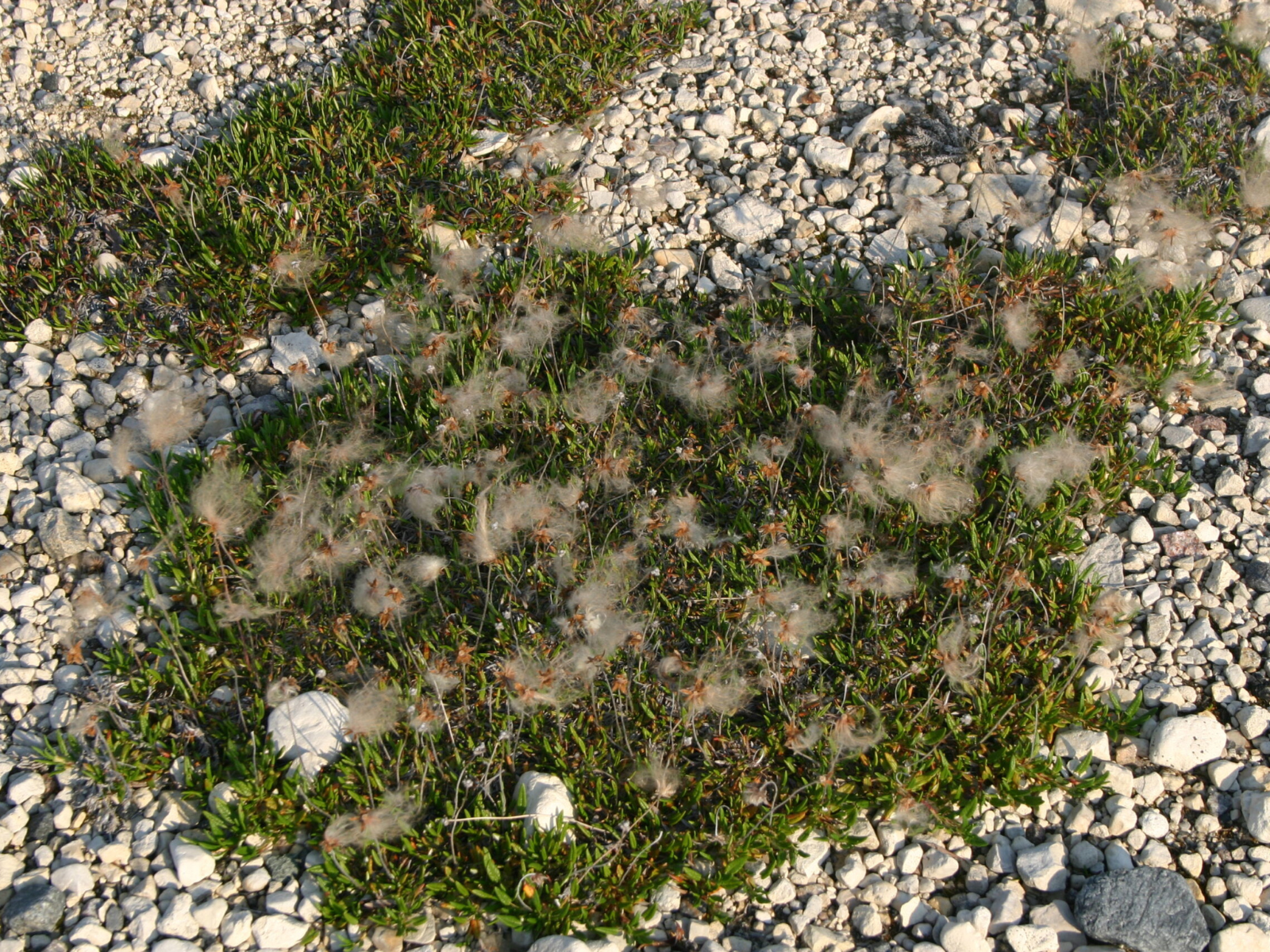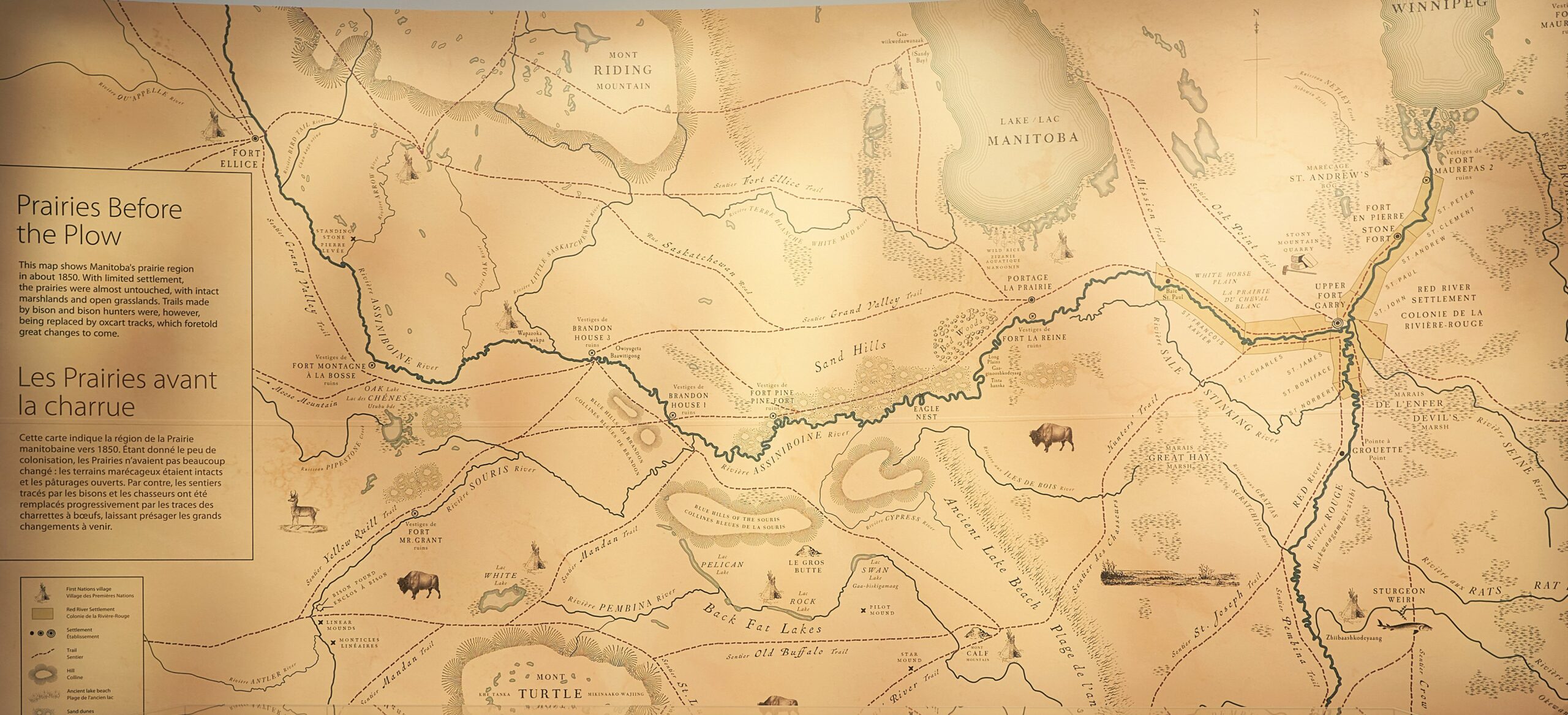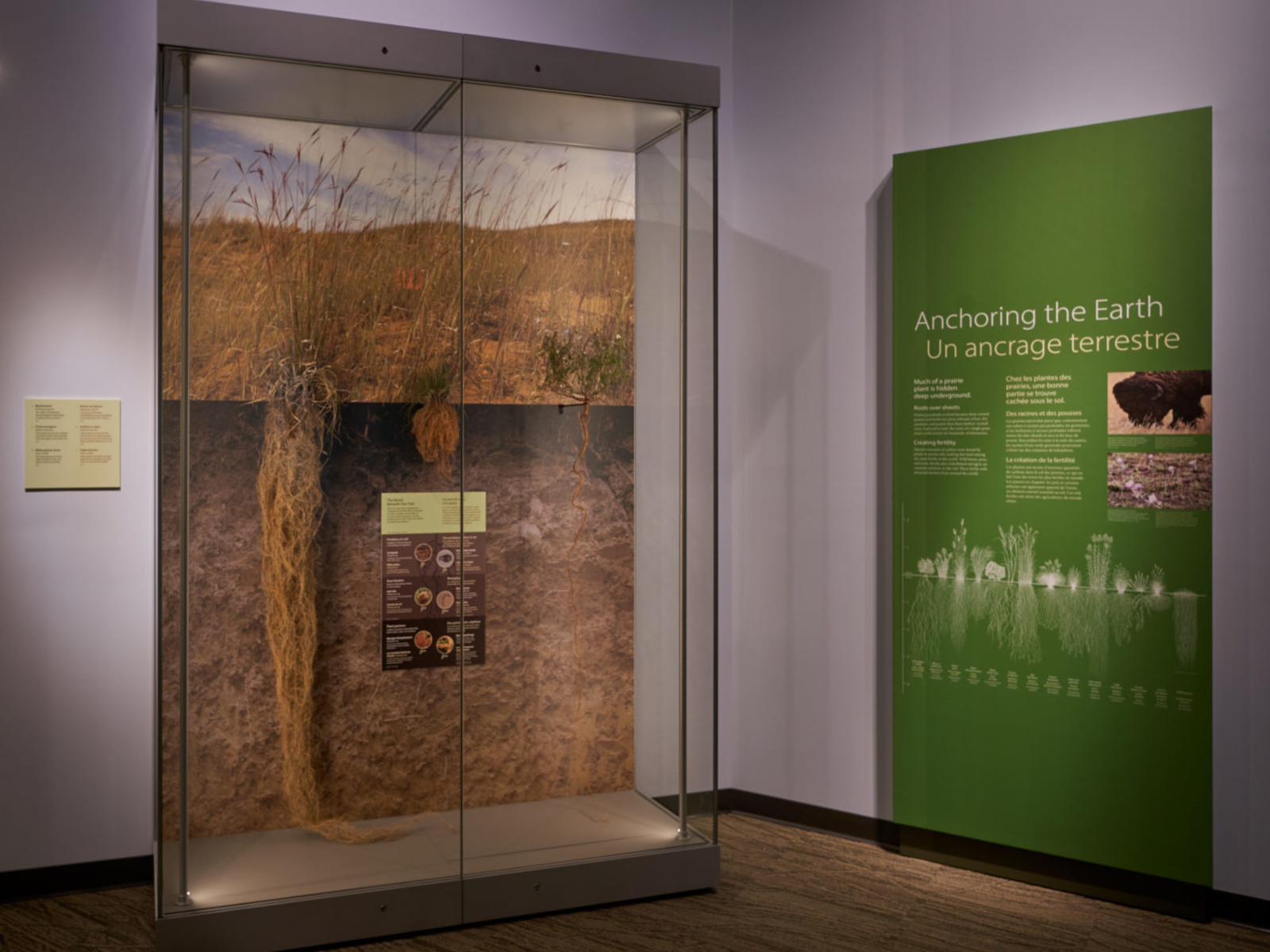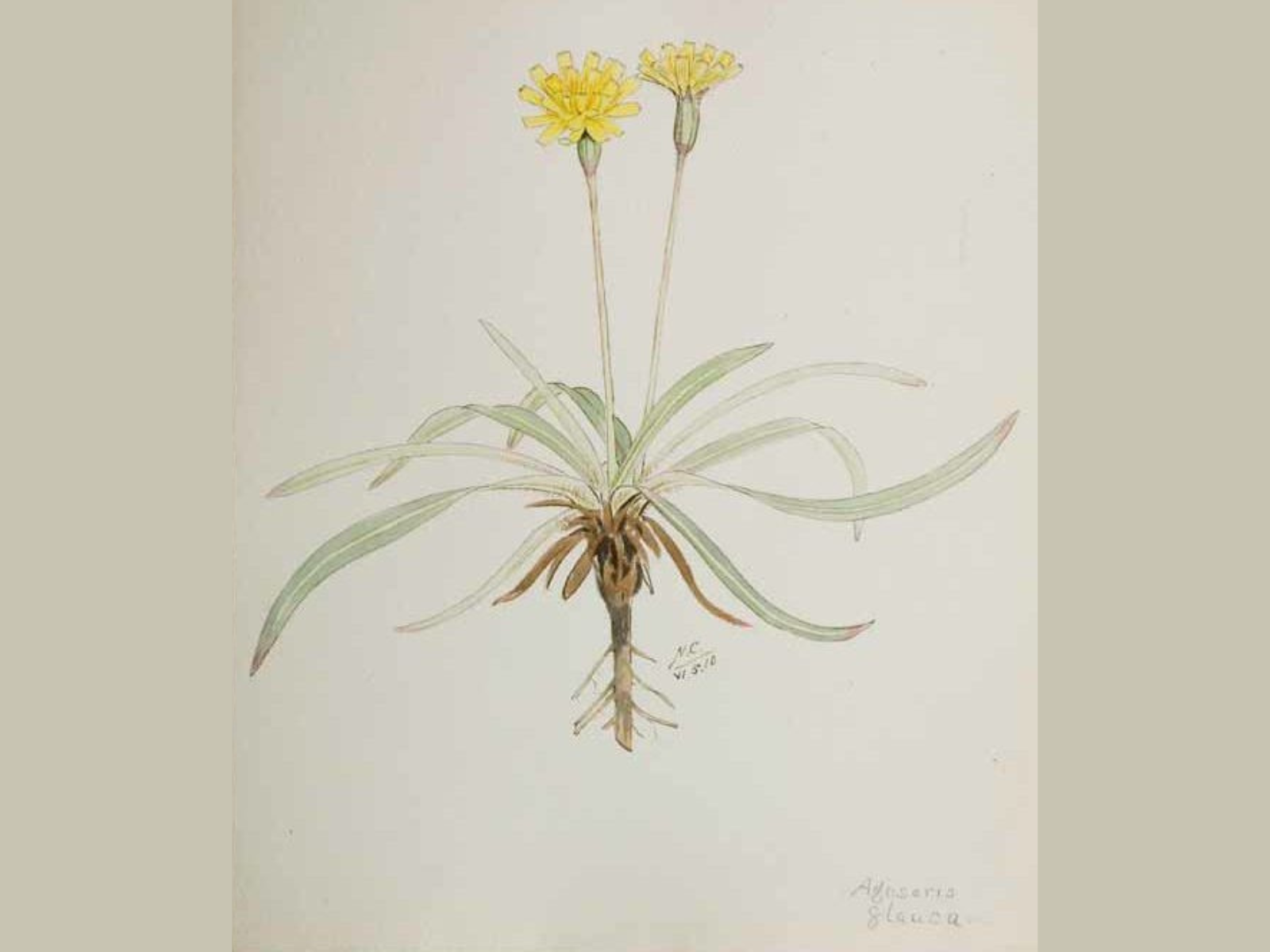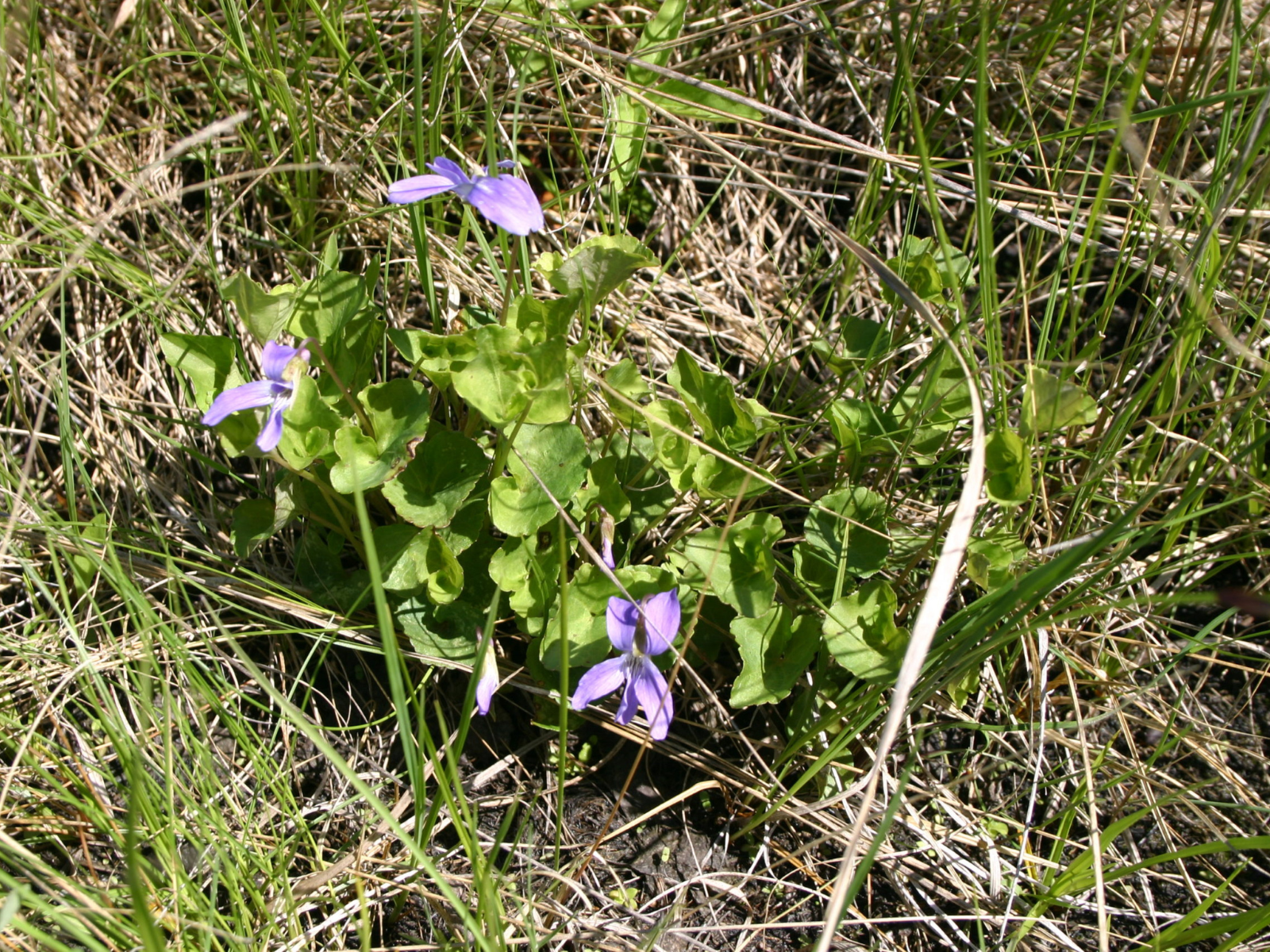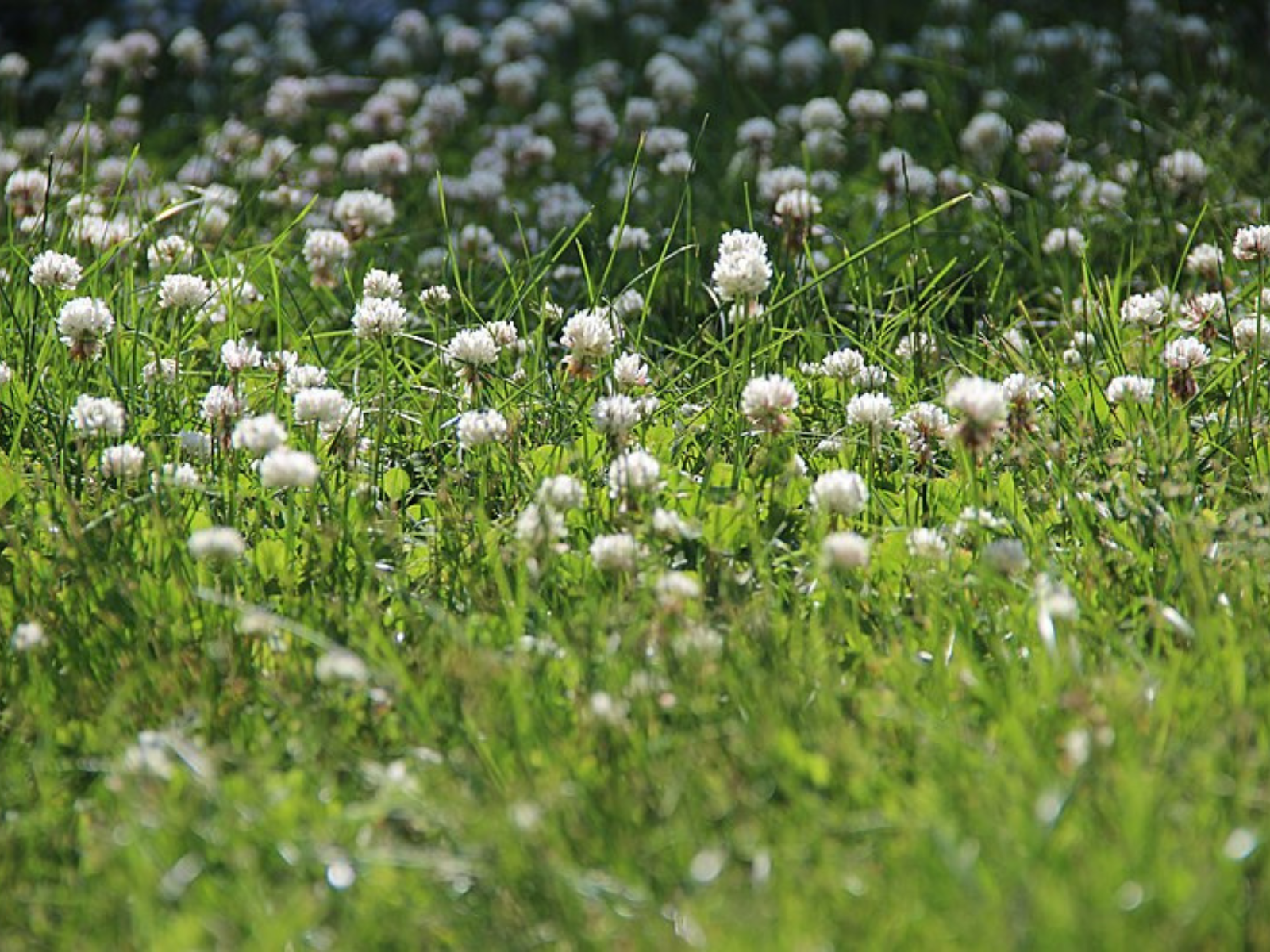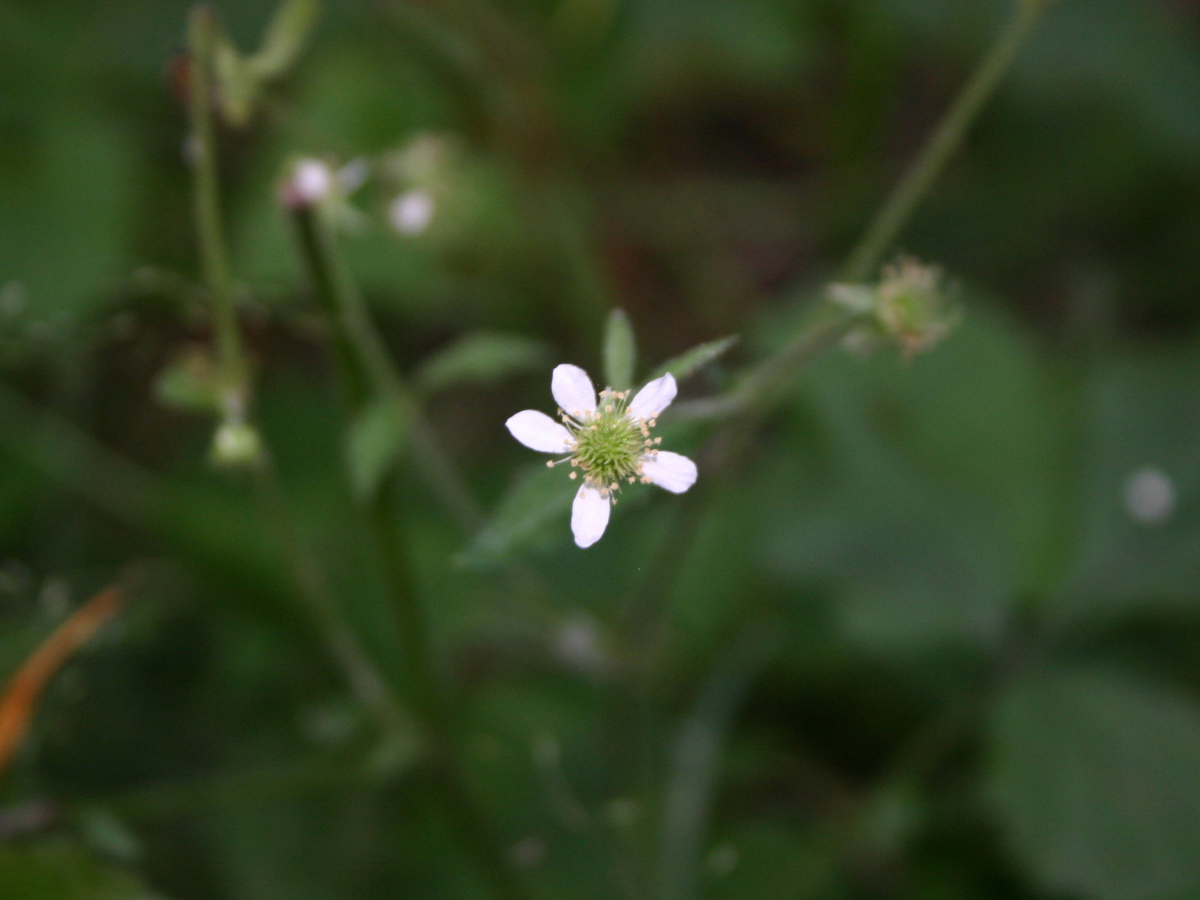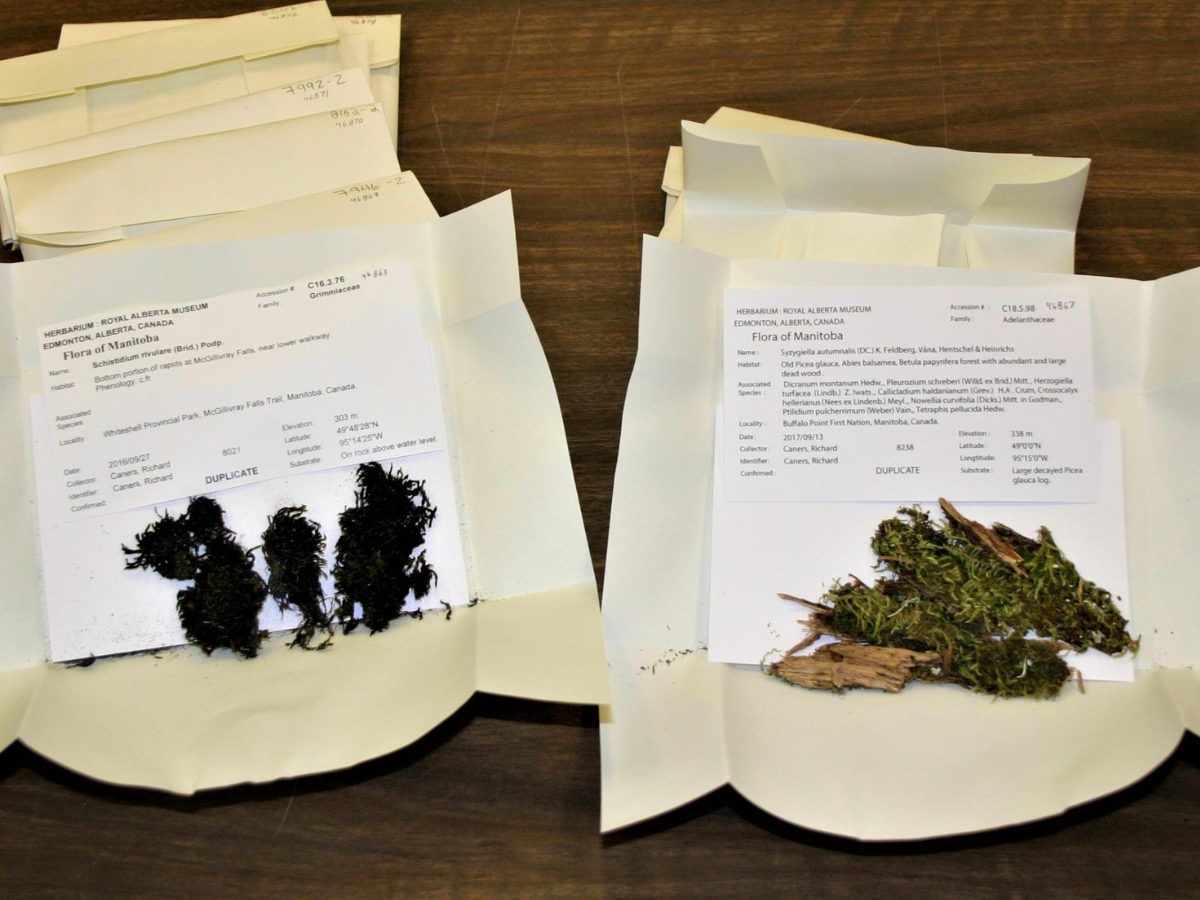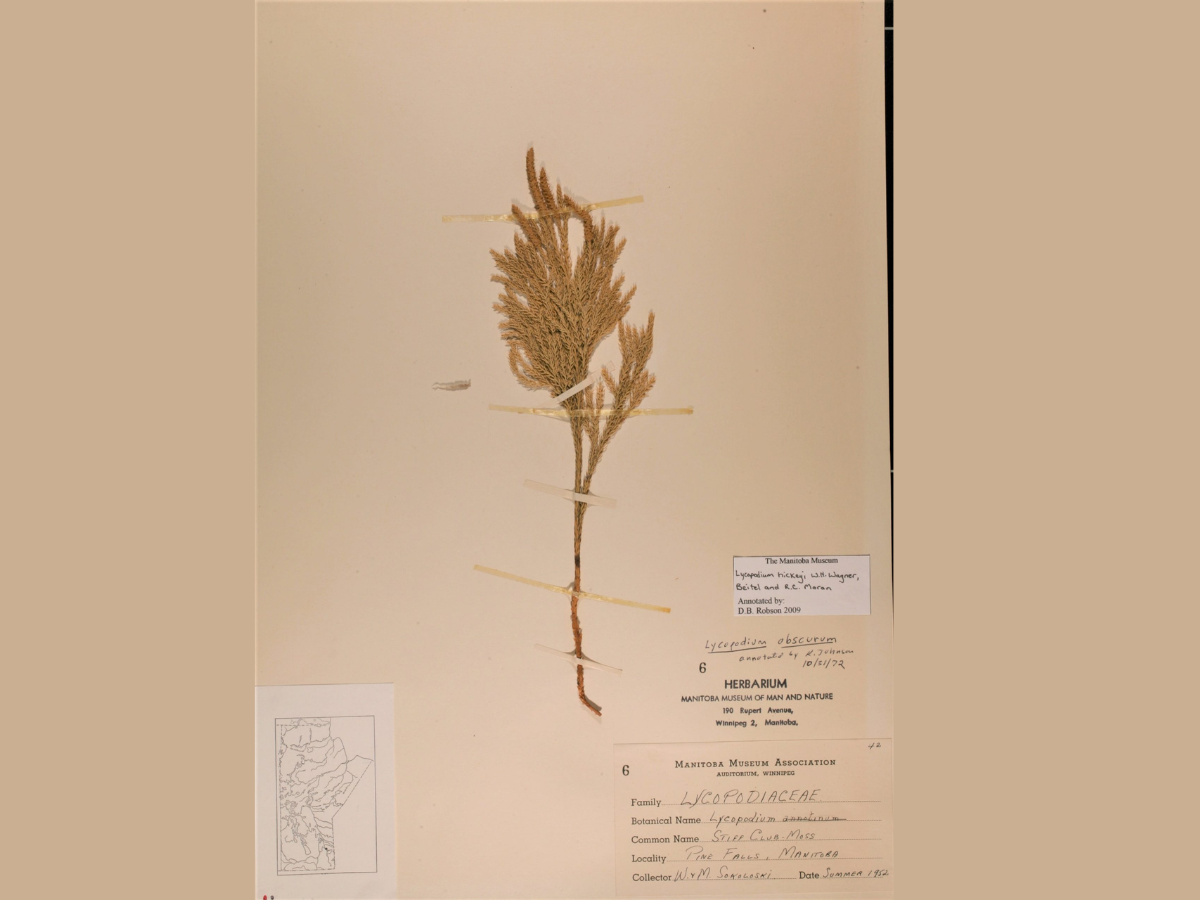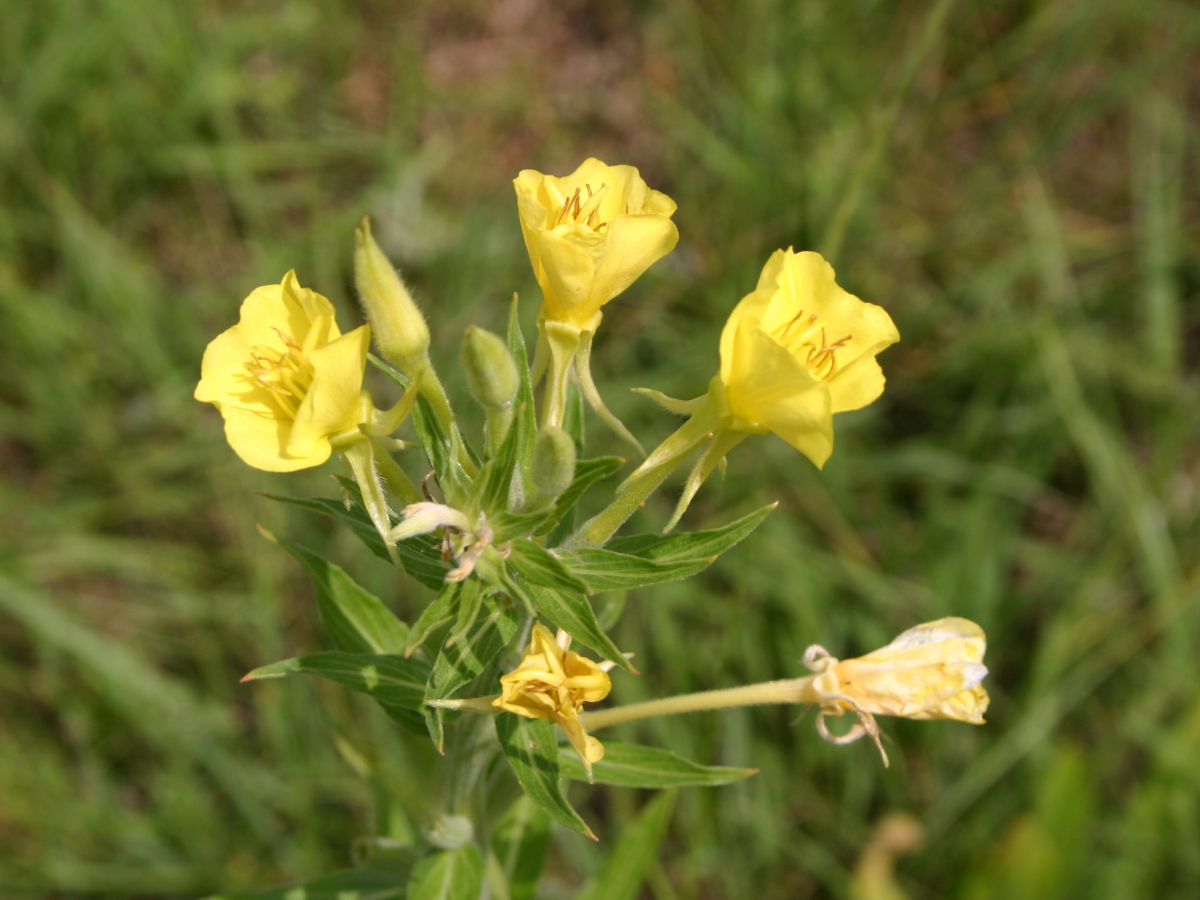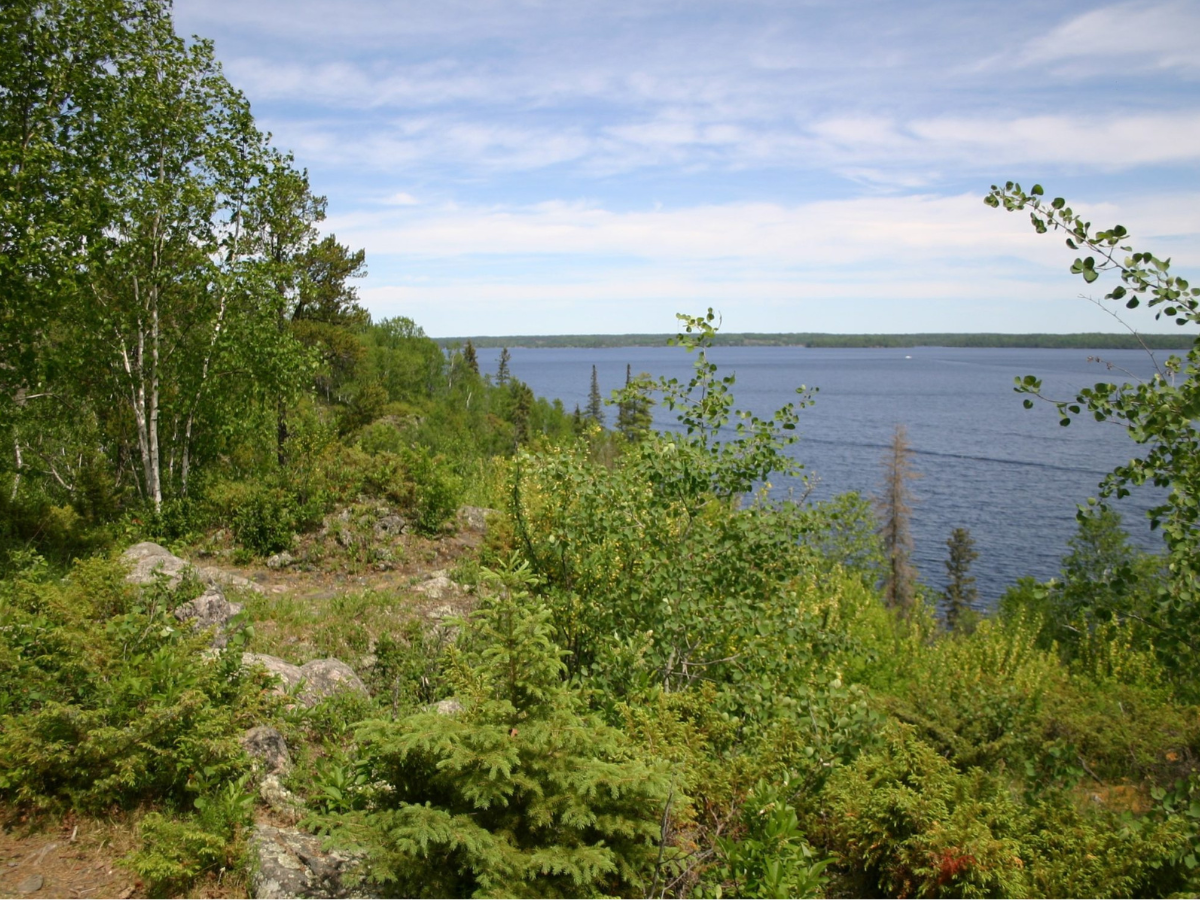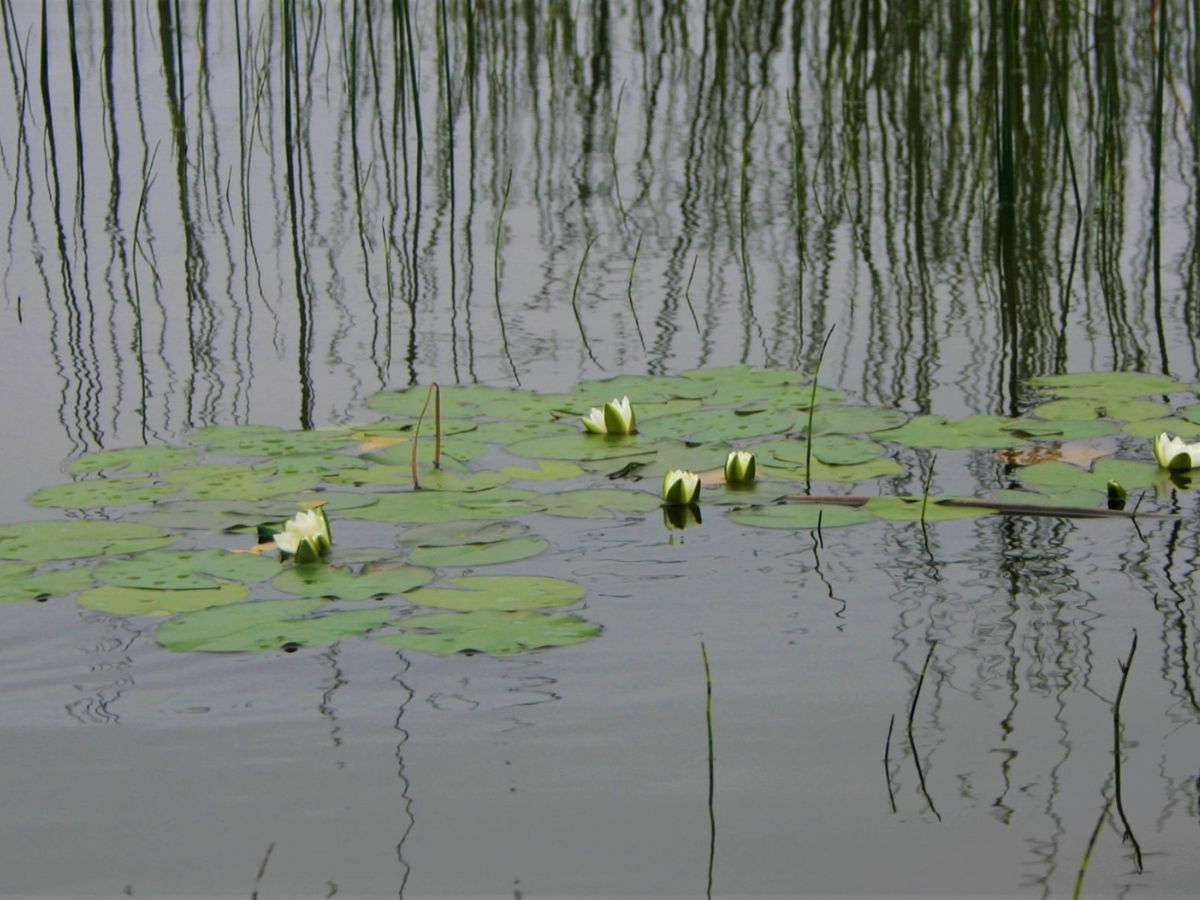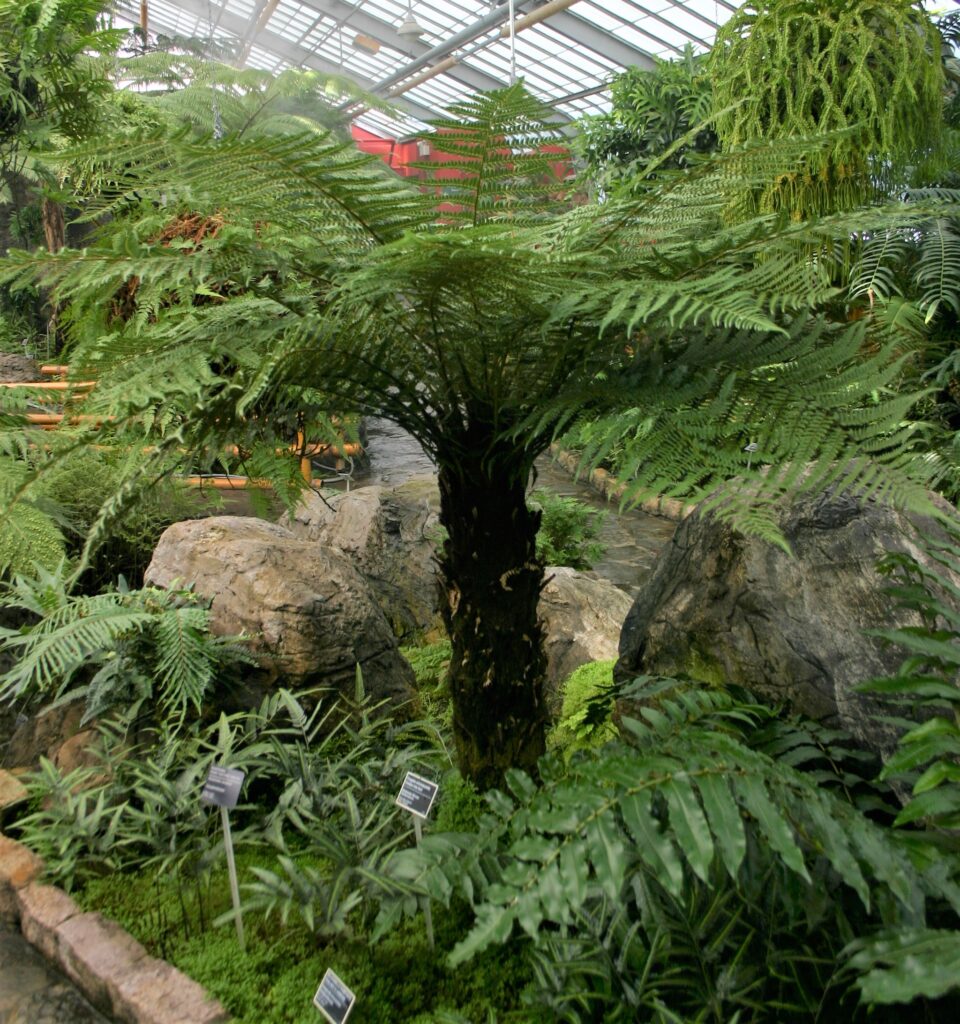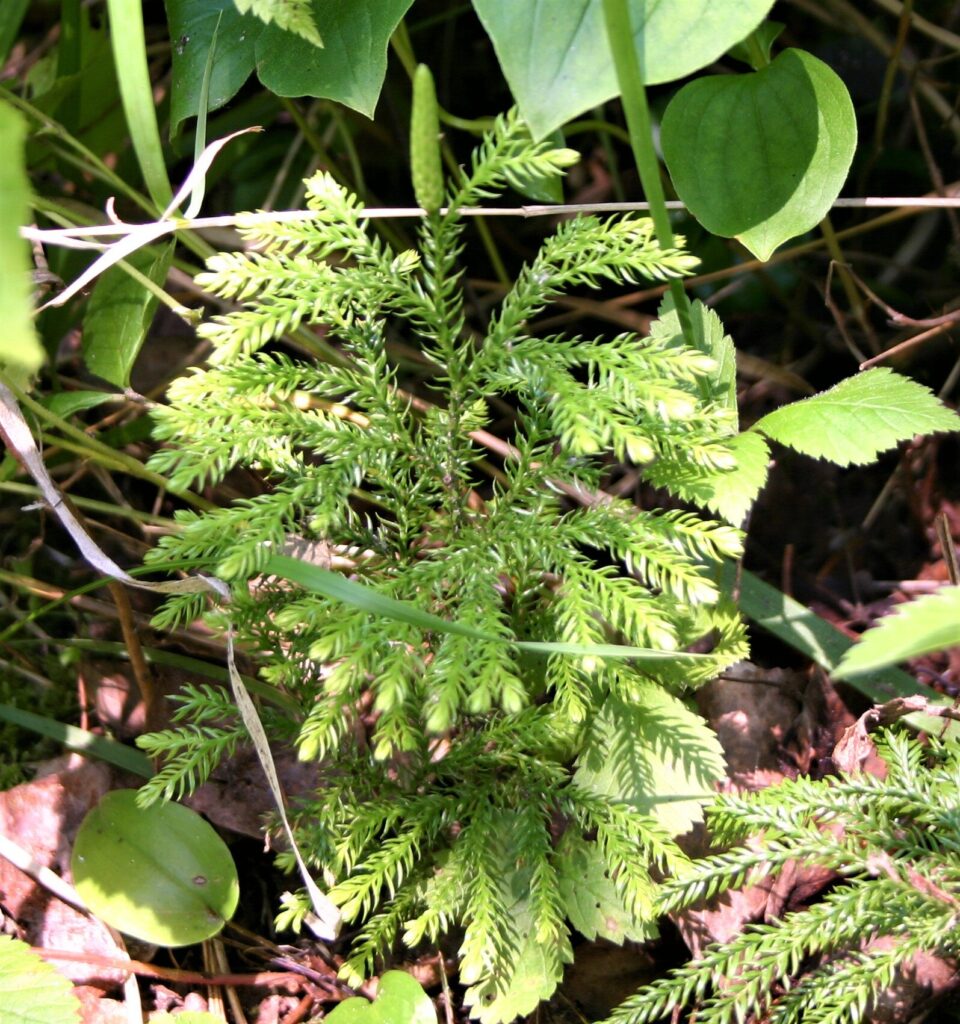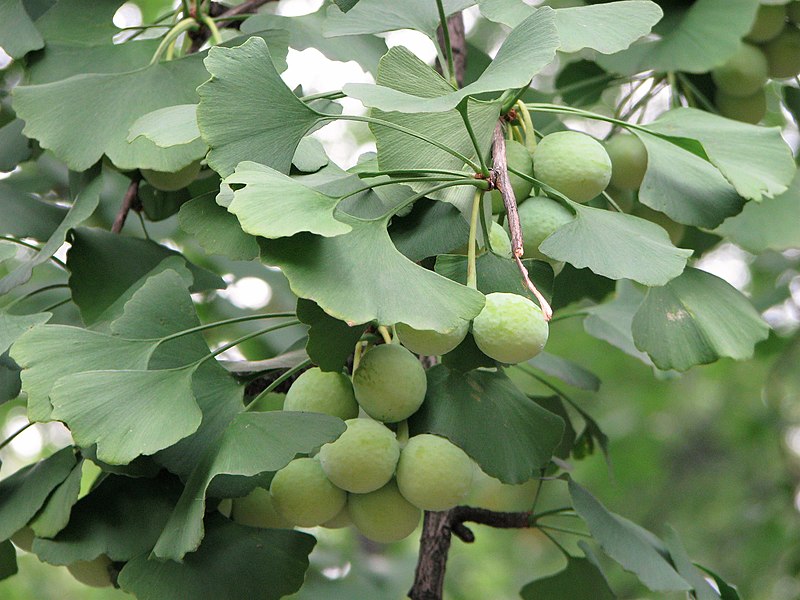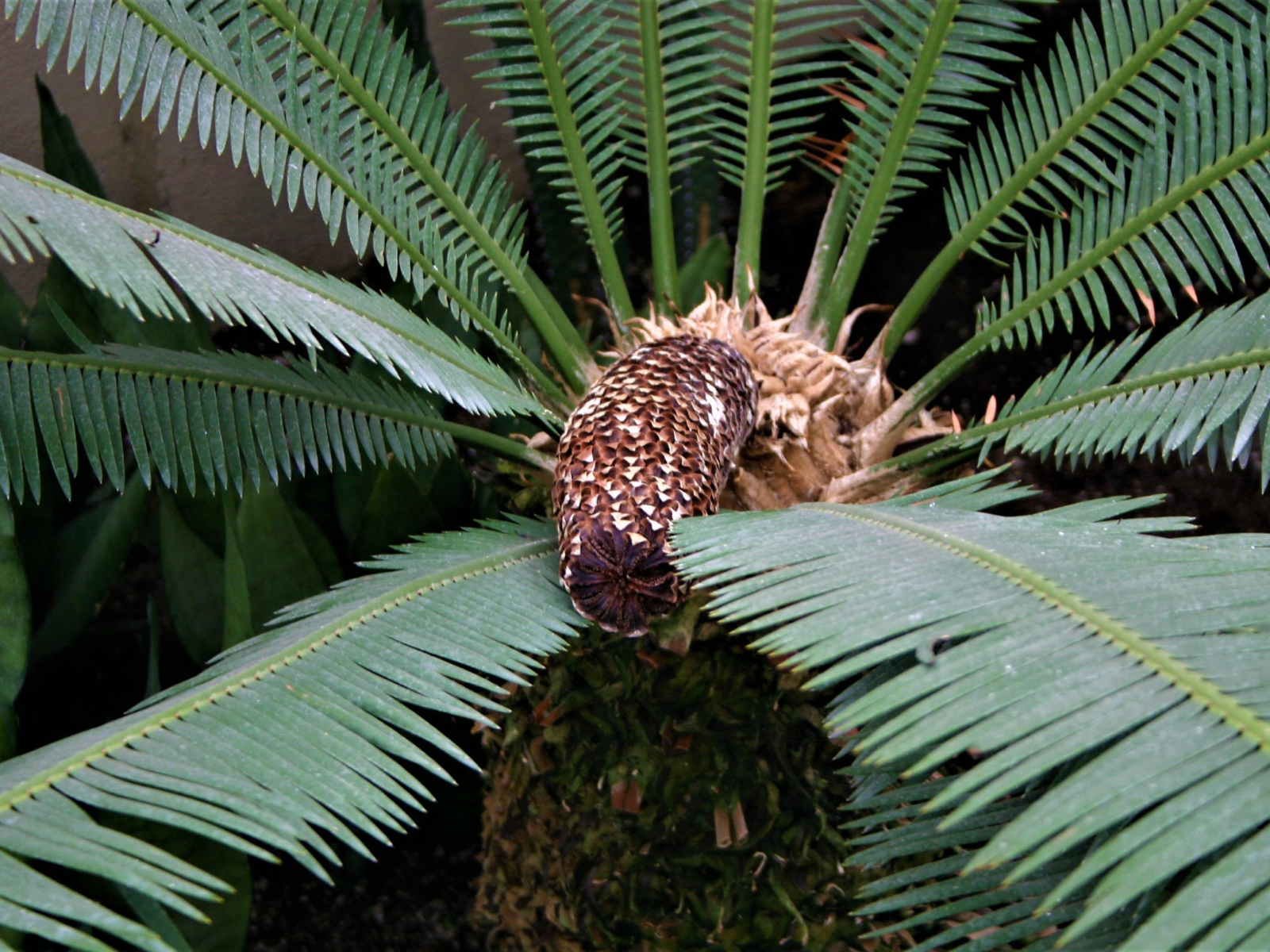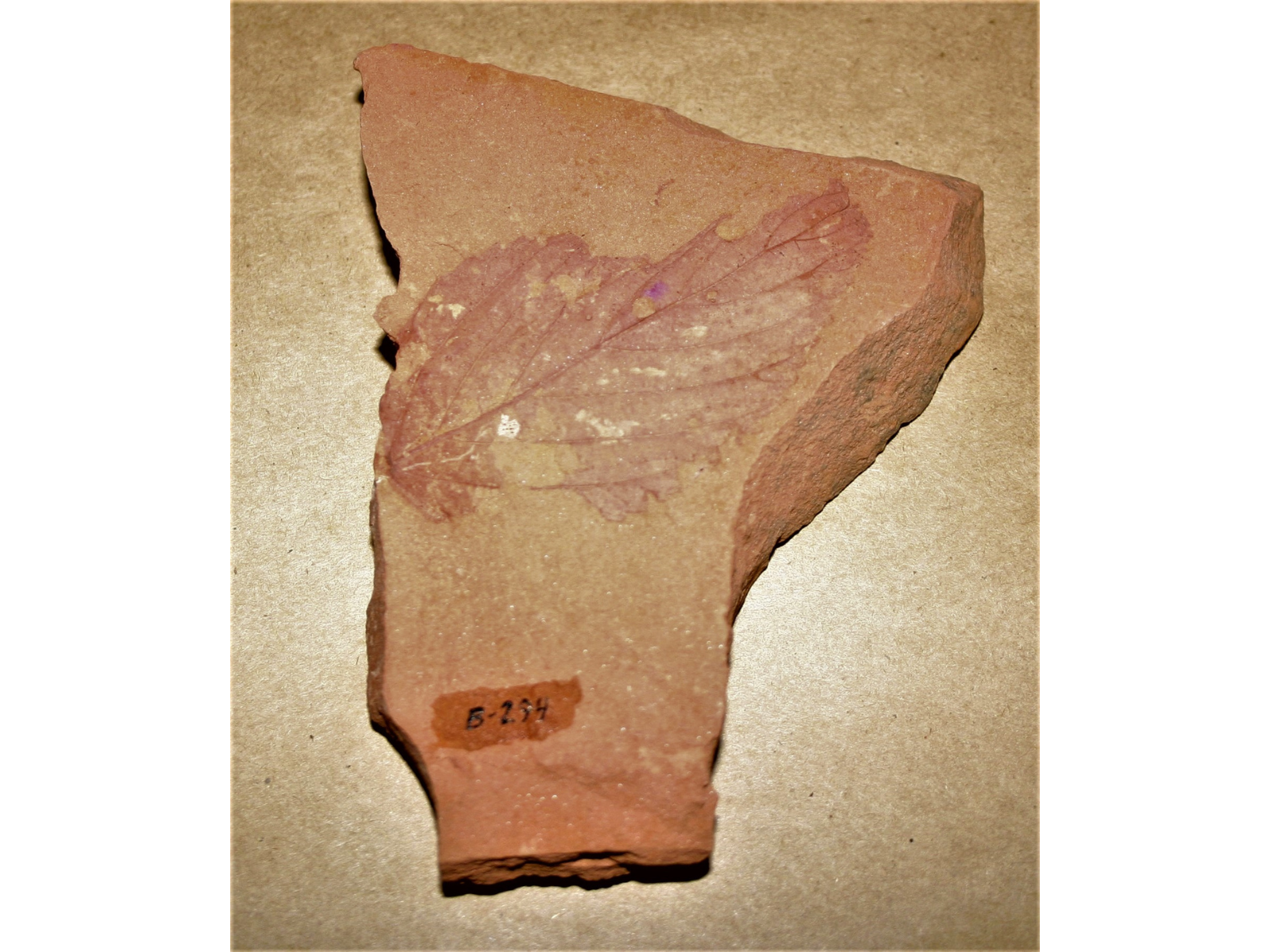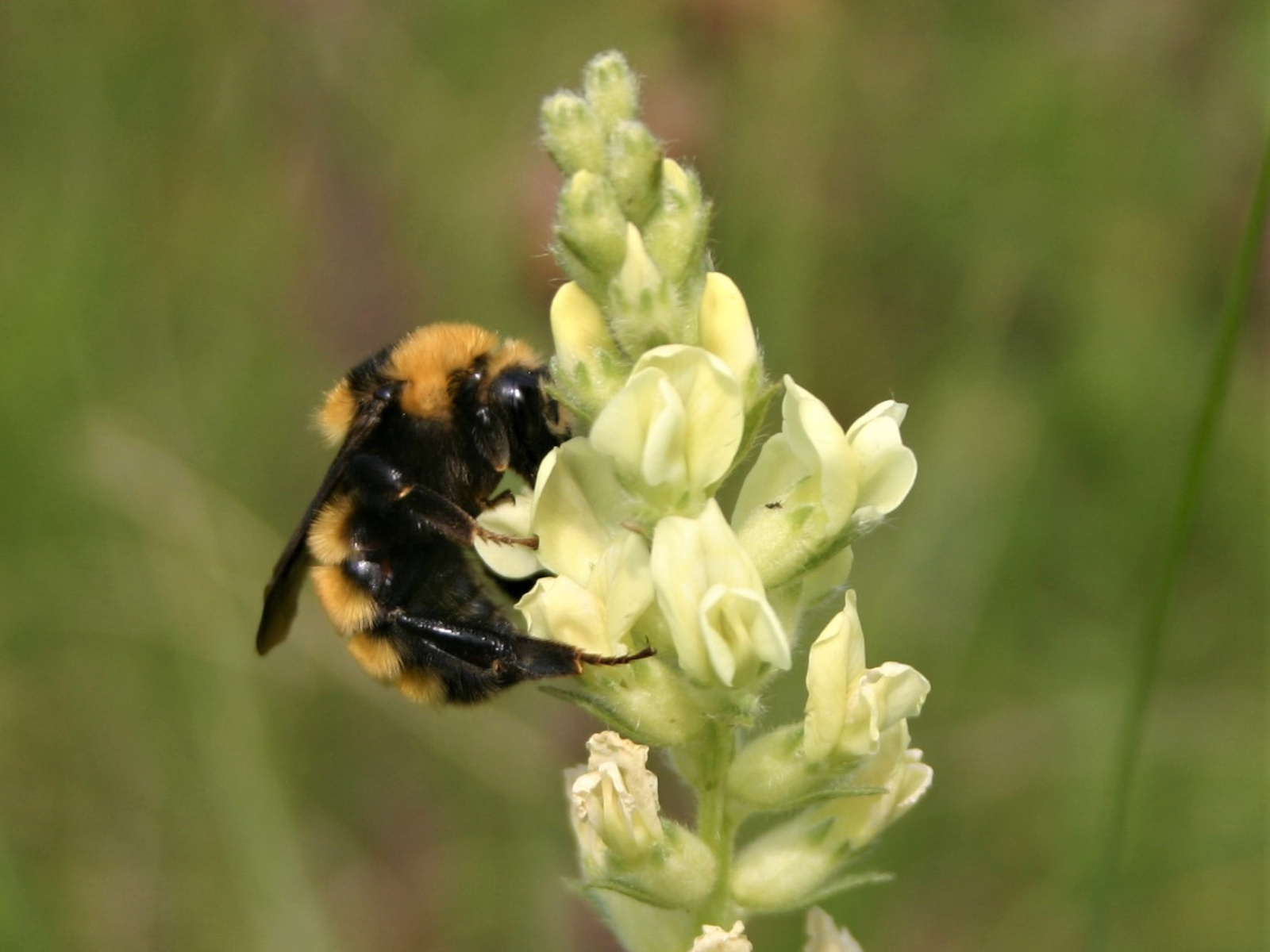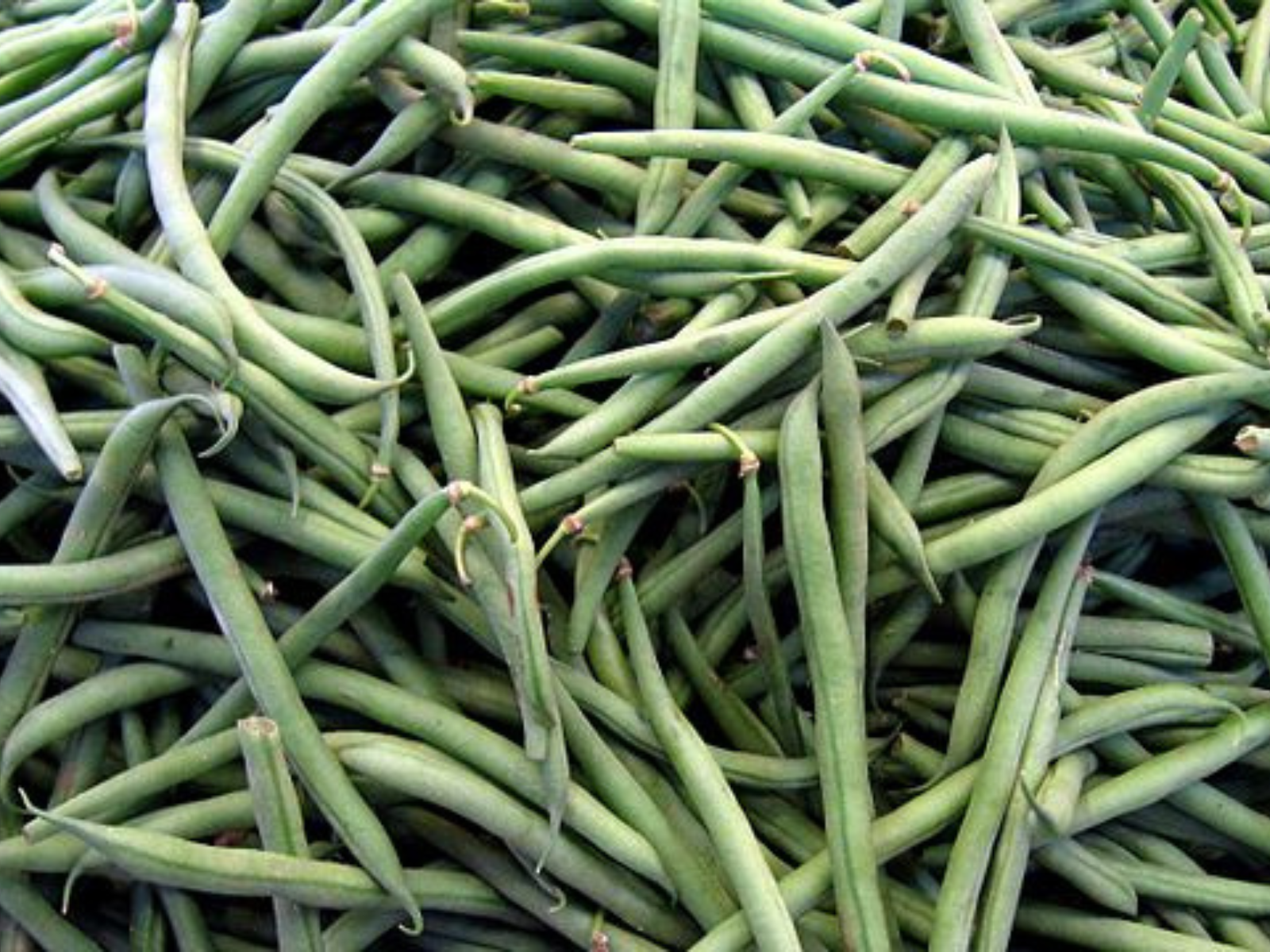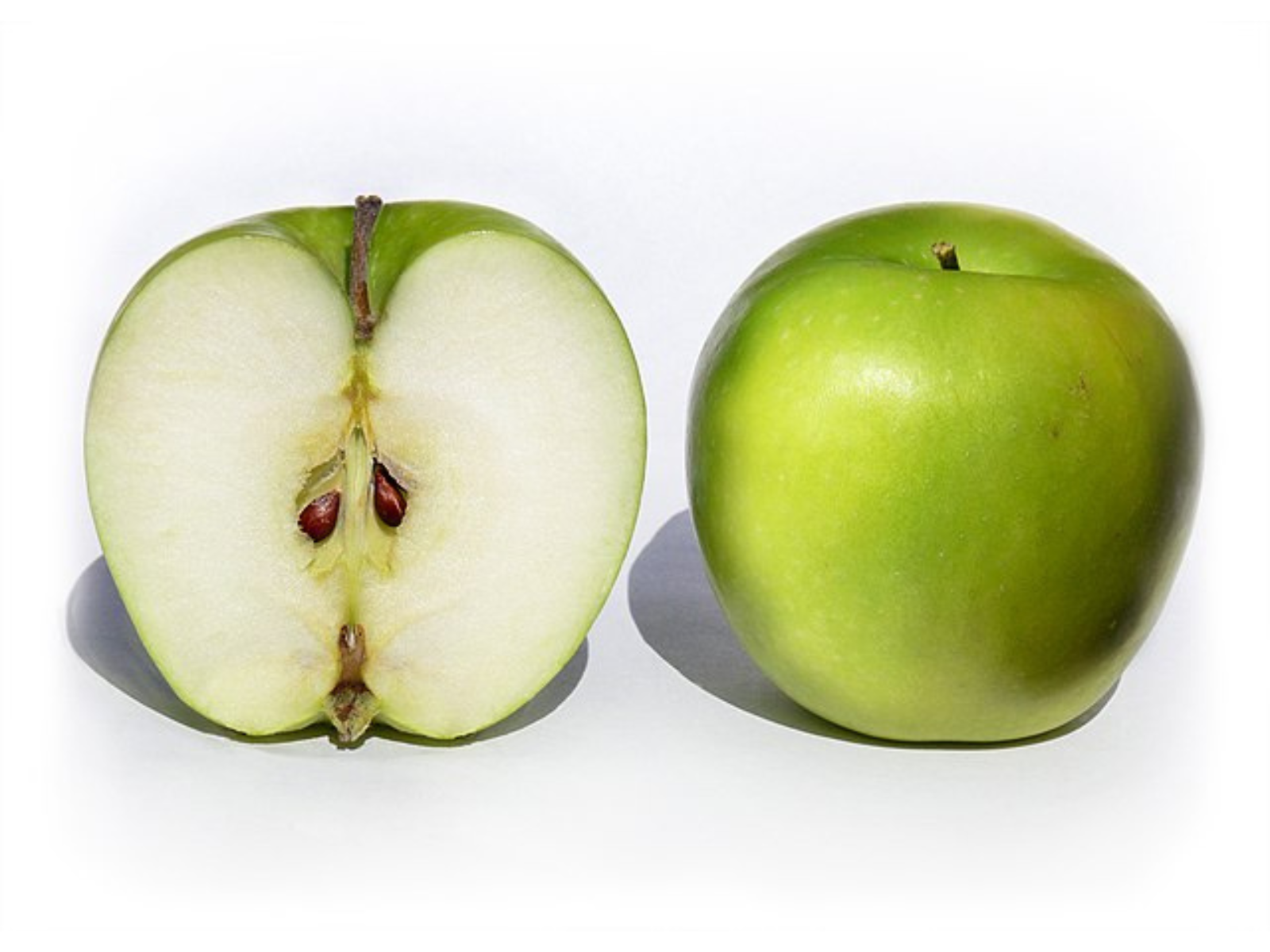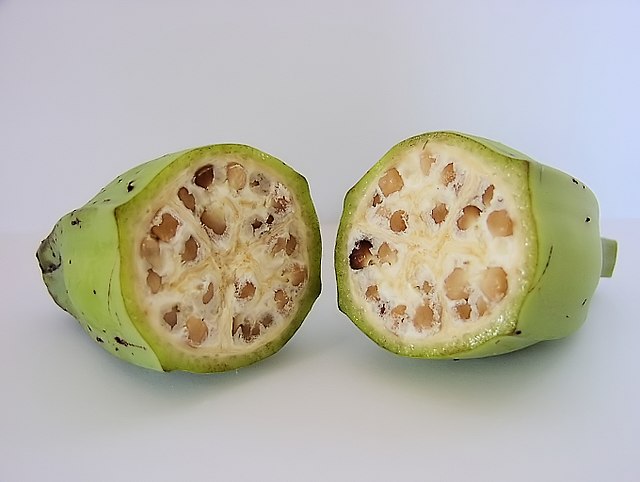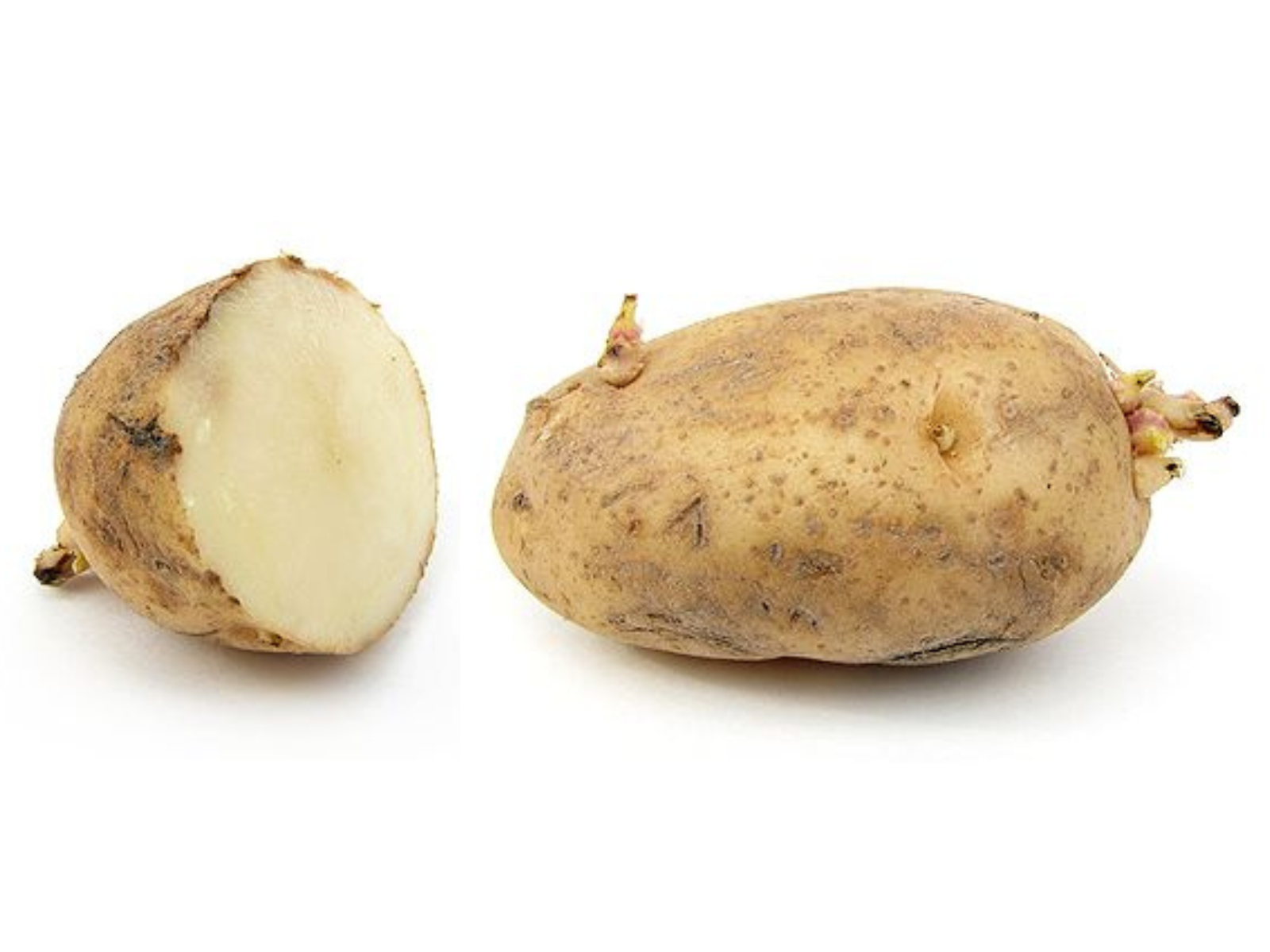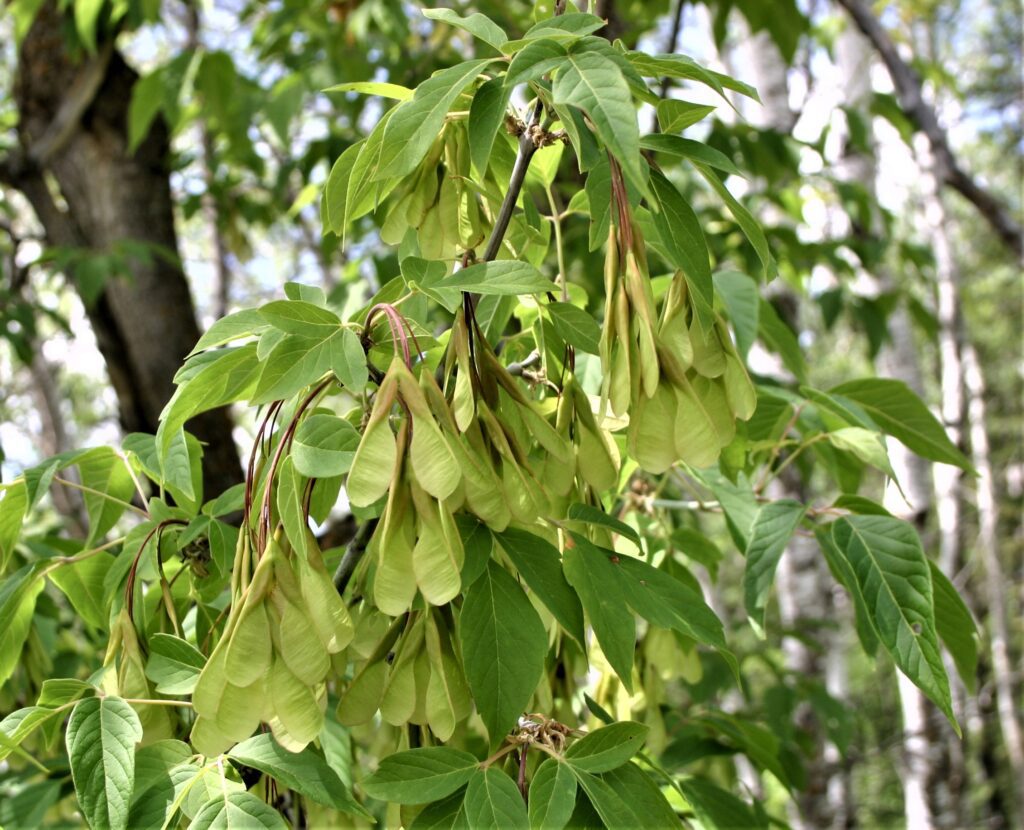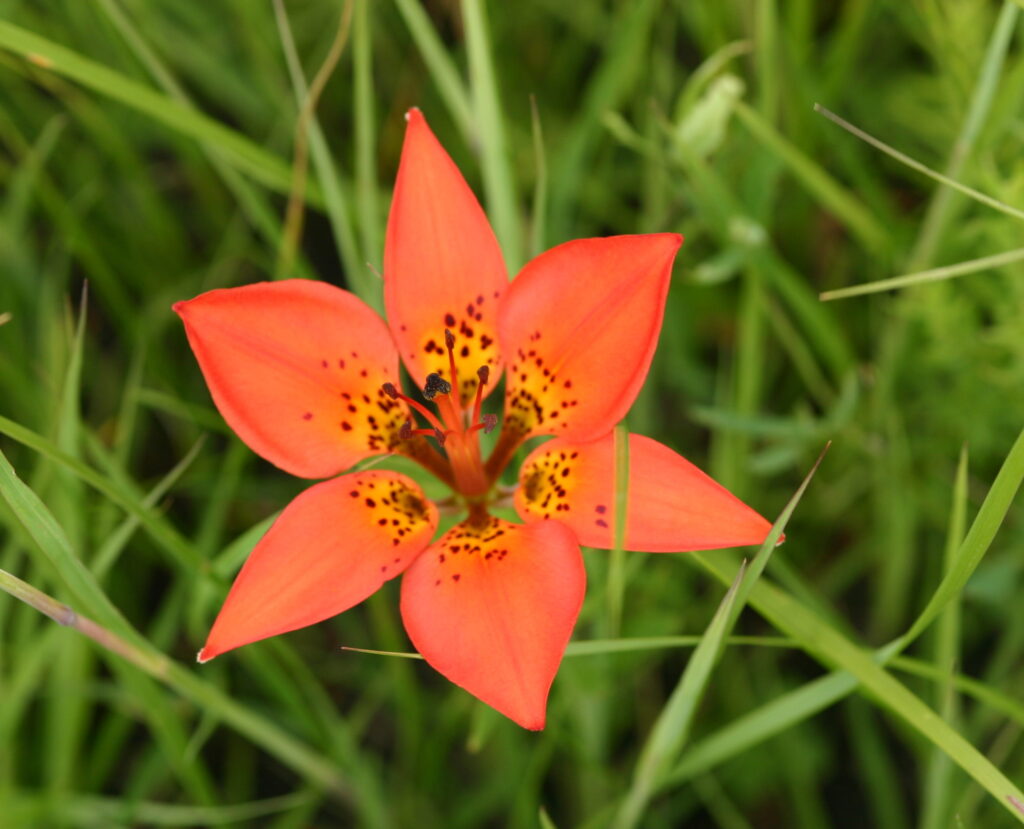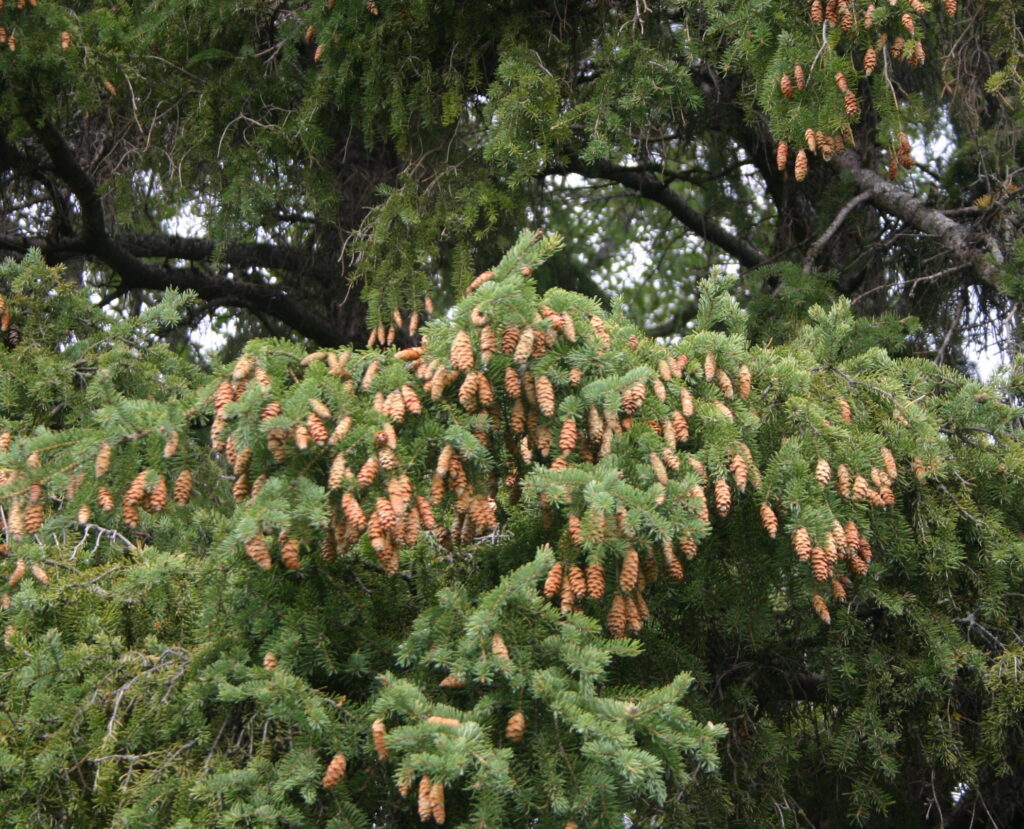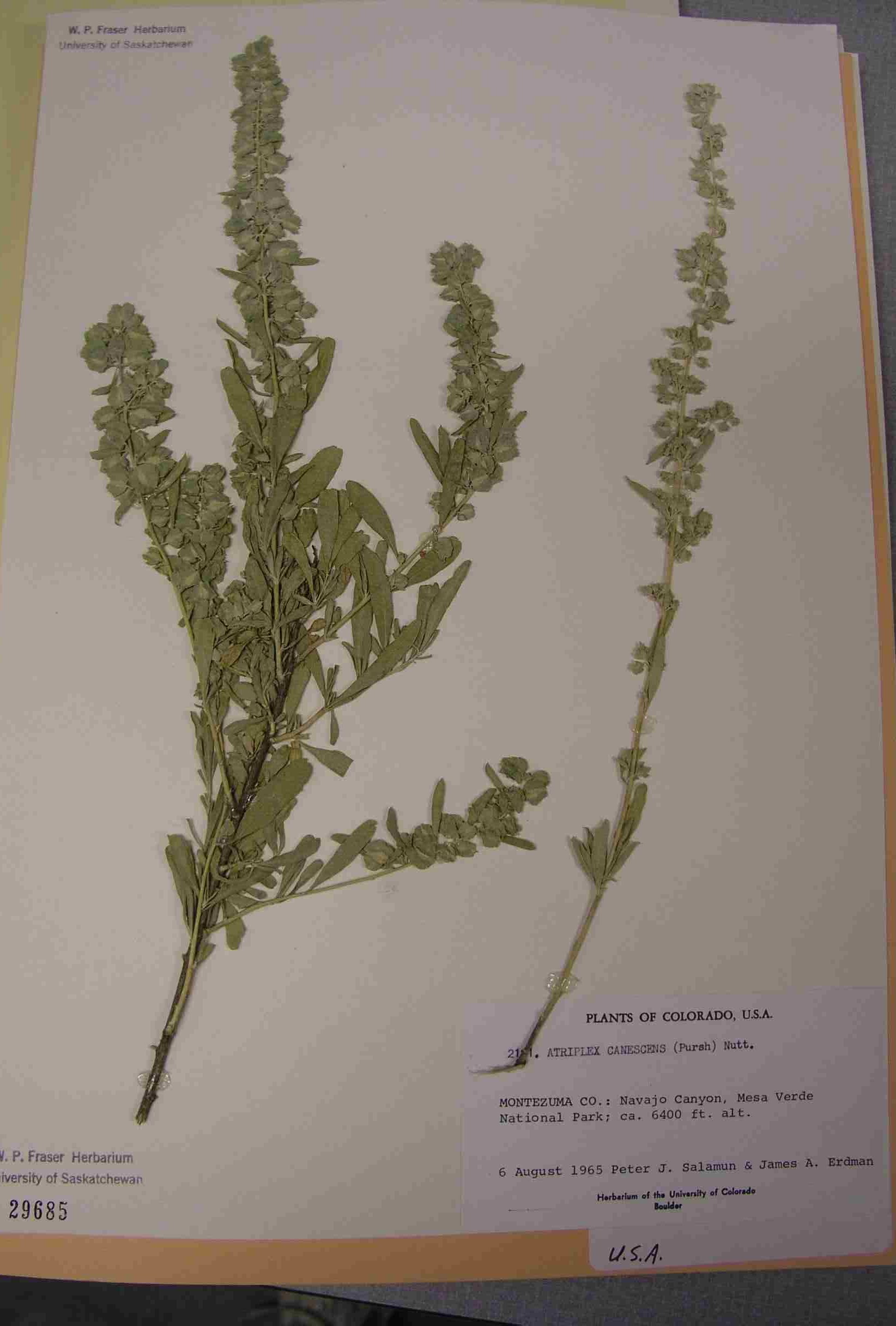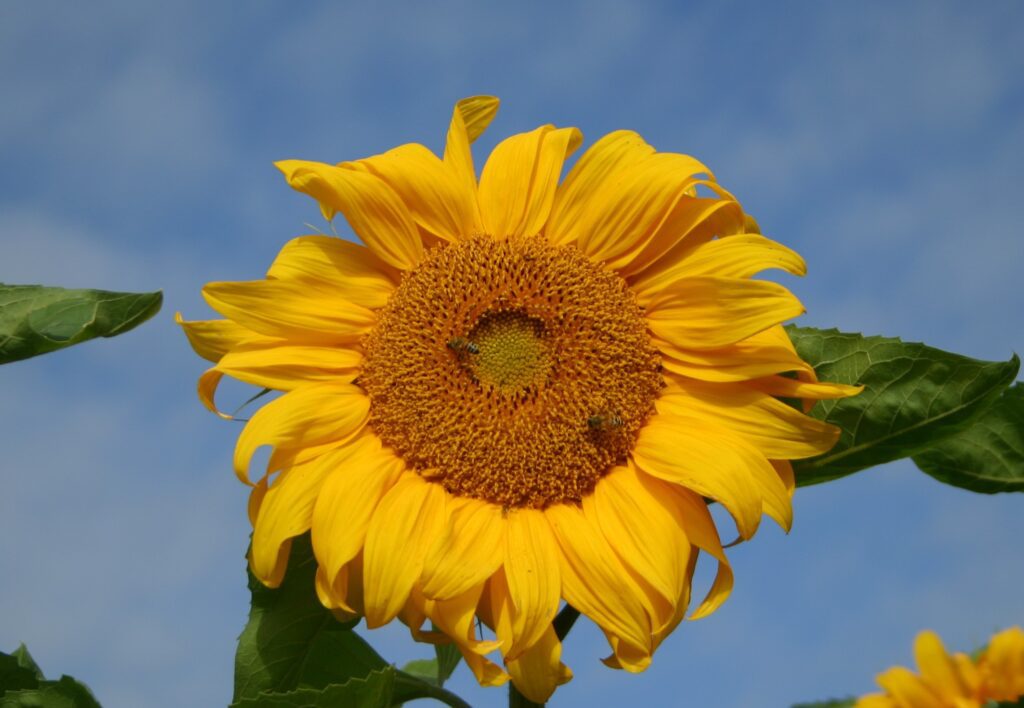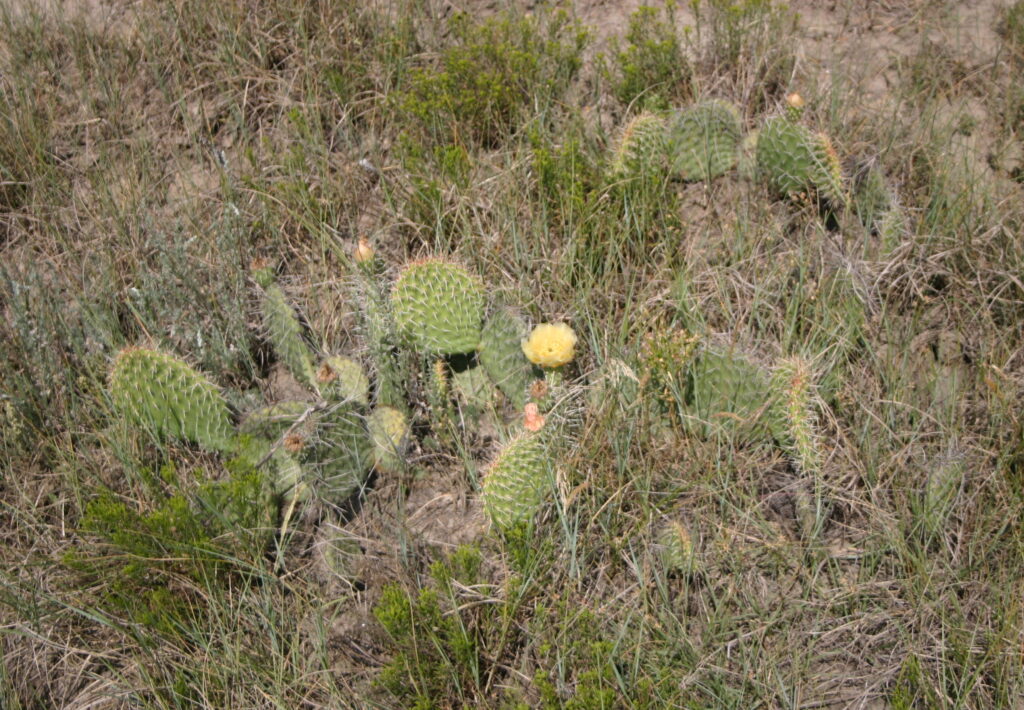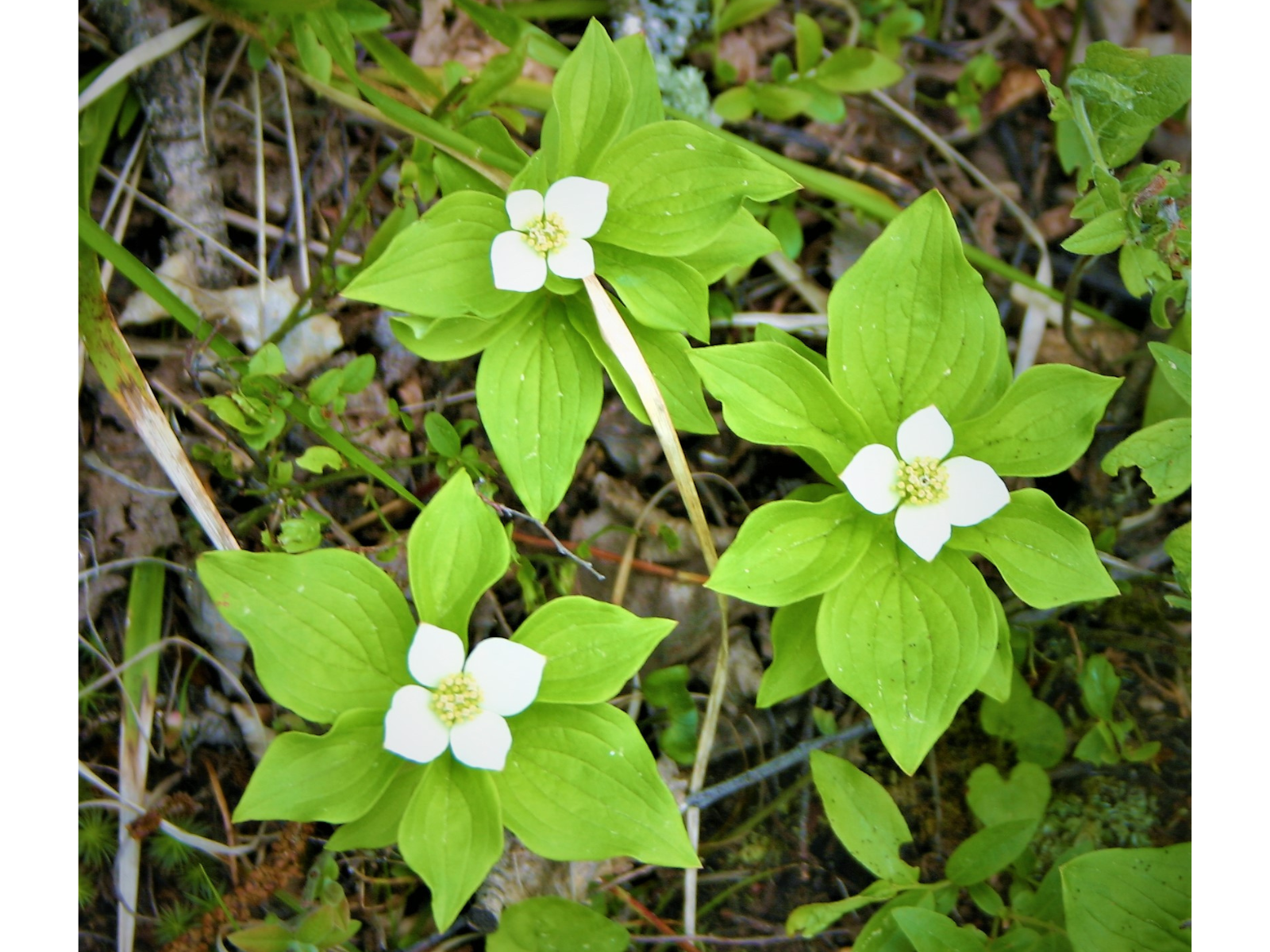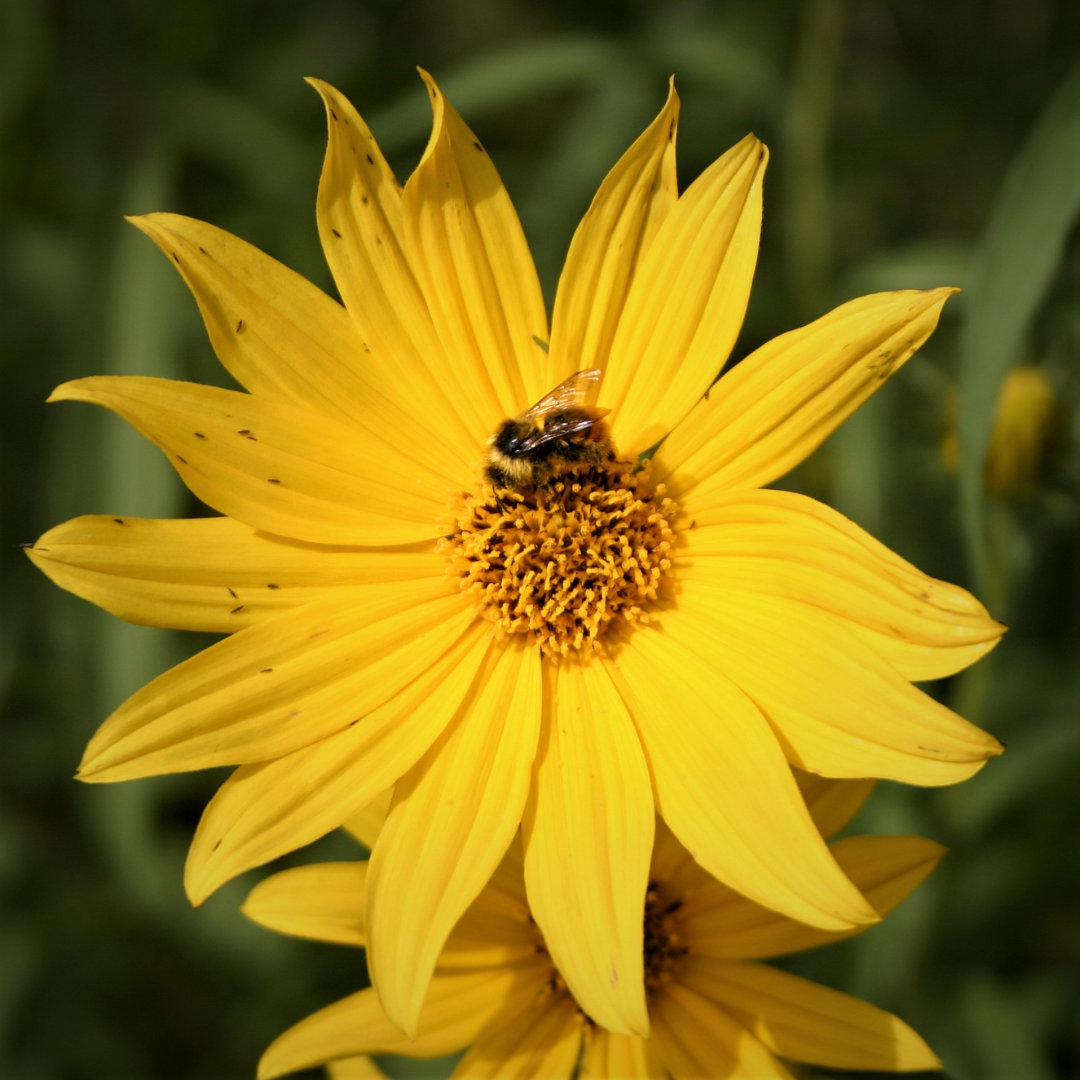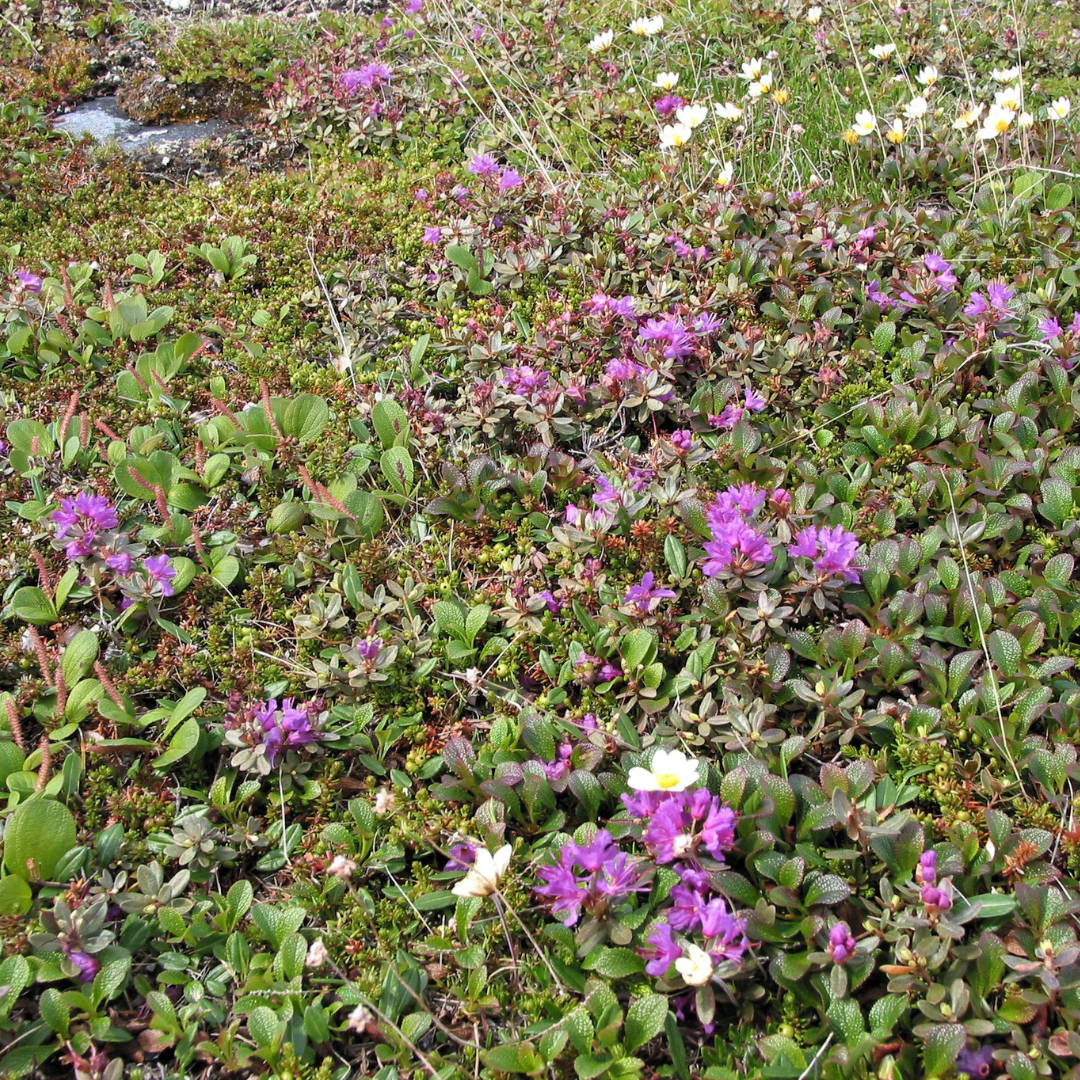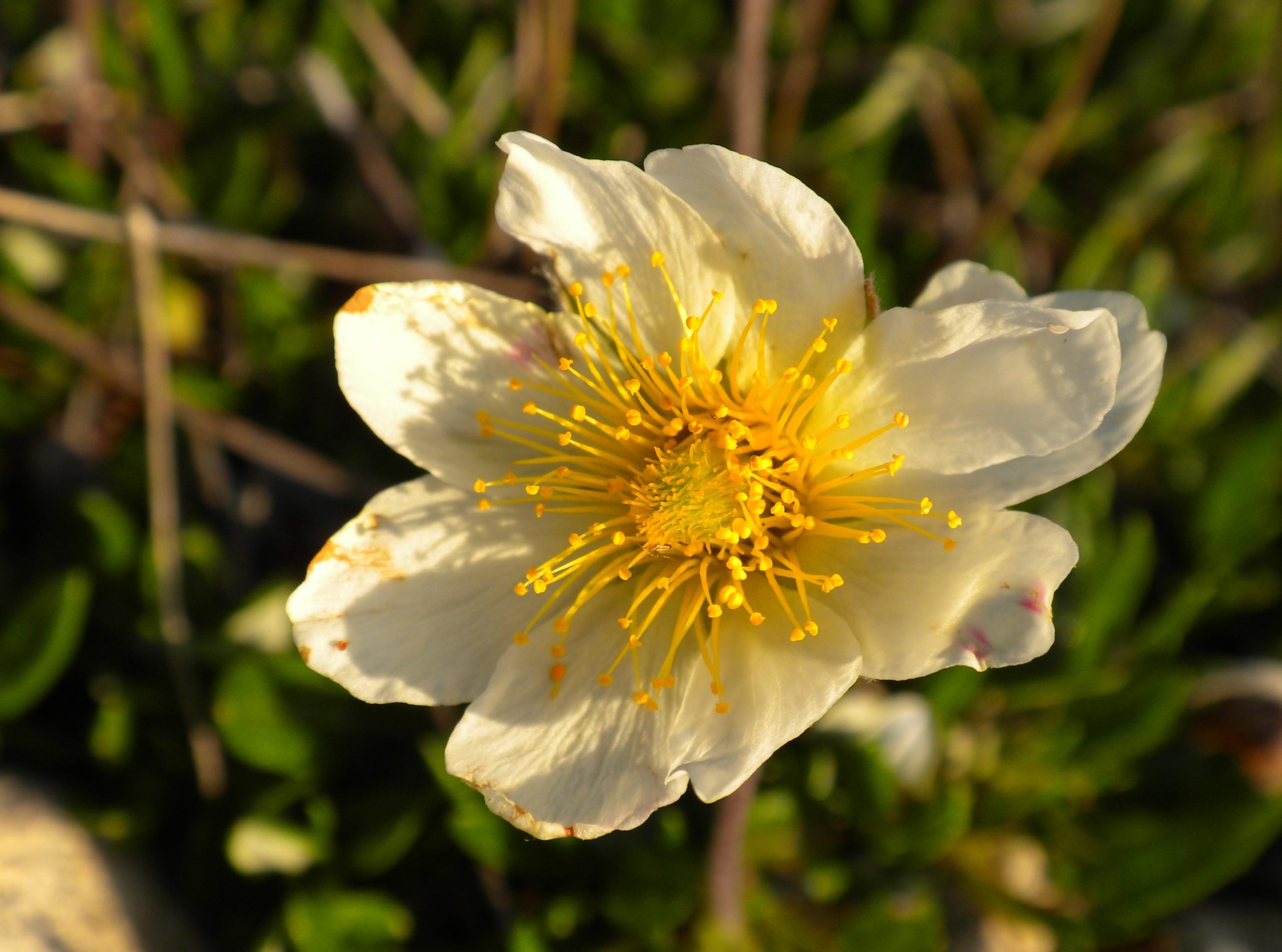Posted on: Monday December 4, 2023
December is the time of year when people tend to eat desserts with lots of spices in them, including the ubiquitous gingerbread. Spices don’t come from any particular plant part, they are simply ingredients that are added in small quantities to add flavour, rather than calories, to a dish. The spices in gingerbread actually come from every part of a plant: roots, shoots, flowers and fruits.
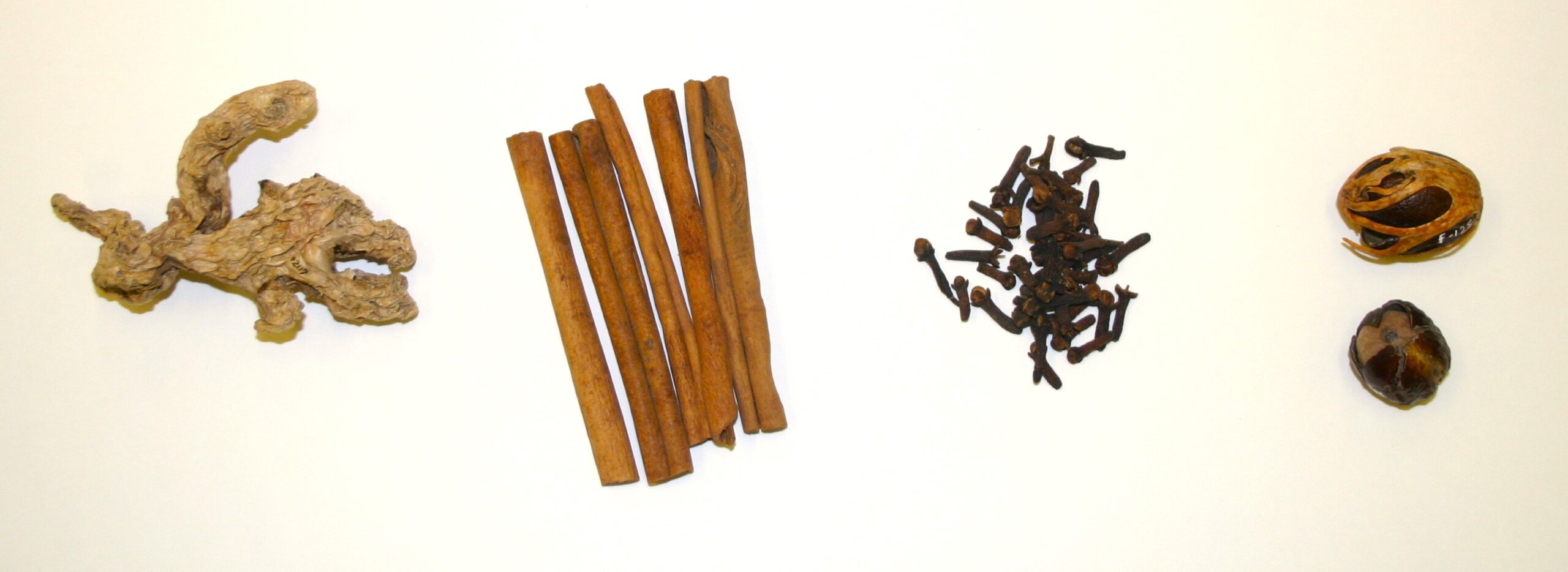
The main spices in gingerbread consist of (left to right): ginger (Zingiber officinale), cinnamon (Cinnamomum verum), cloves (Syzygium aromaticum) and nutmeg/mace (Myristica fragrans).

Roots
OK technically ginger (Zingiber officinale) is not a root, it is a rhizome, which is an underground stem, but close enough. This species is a tropical, herb native to southern Asia that has been cultivated for over 3,000 years! In Asia, ginger is often used fresh or pickled in savory dishes, like curries and stir-fries, but in Medieval Europe it was traditionally used dried in desserts like gingerbread because it could not be shipped fresh. Ginger plants are monocots and are thus related to grasses and orchids. They possess attractive, irregularly-shaped yellow flowers and long, strap-shaped leaves.
Image: Illustration of Ginger (Zingiber officinale) in Köhler’s Medizinal-Pflanzen by Franz Eugen Köhler. Public domain.
Shoots
Cinnamon (Cinnamomum spp.) comes from the shoots of broad-leaved, evergreen trees in the Laurel family; they are native to India and Ceylon. There are several species of Cinnamon but the most common one is Cassia Cinnamon (C. cassia). Ceylon Cinnamon (C. verum) is a bit more expensive but can still be found in North American stores. Once Cinnamon trees are three years old, the outer bark is harvested. This distorts their growth forms into dense shrubs rather than trees. The dried, rolled bark (“sticks”) can be used whole as a mulling spice, or ground into a powder to use in baking. Cinnamon and Cassia have been popular for a long time; Egyptians in 2,000 B.C. imported it from China, and used it to enbalm mummies. Nowadays most people just eat it.
Another food product derived from plant shoots that adds a distinctive bitterness to gingerbread is molasses. This sticky, dark syrup is actually a “waste” product from the sugar-refining process. Although Sugar Beets (Beta vulgaris) are sometimes used nowadays to manufacture molasses in colder countries, traditionally sugar came from Sugar Cane (Saccharum officinarum). In Canada most of our sugar is made from imported Sugar Cane, although some Sugar Beets are grown in Alberta. The shoots of this very tall, tropical grass native to the South Pacific, are harvested and then crushed to extract the sweet juice. This dark brown juice is then boiled to form sugar crystals; the thick brown syrup that is left behind is the molasses.
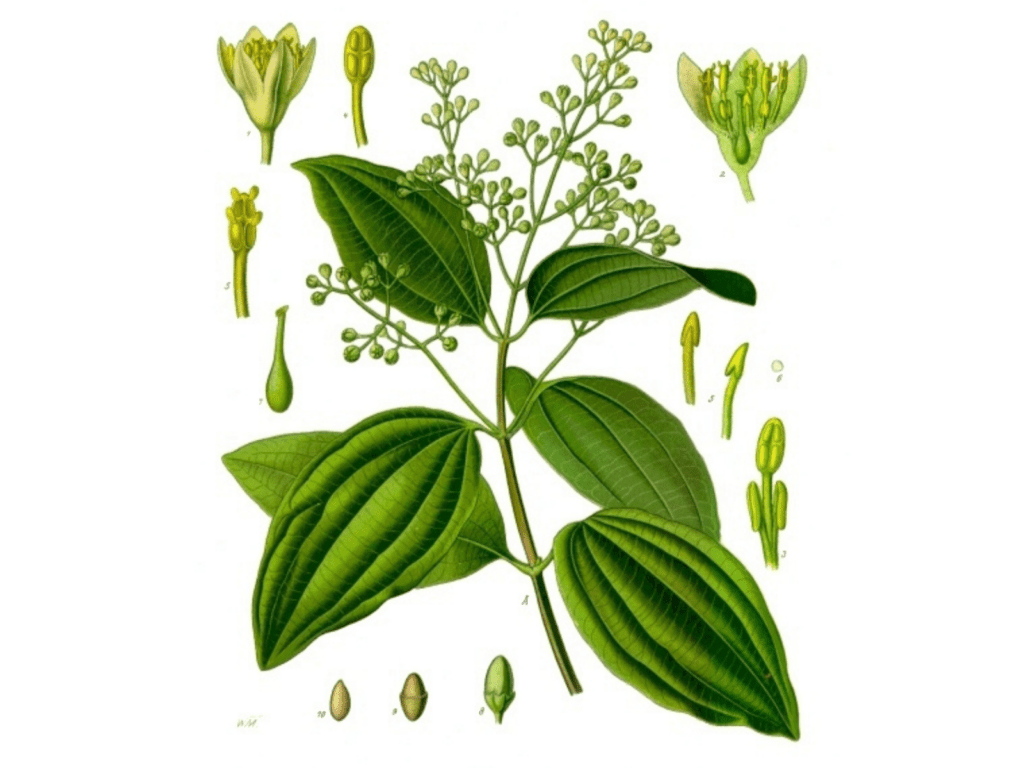
Image: Illustration of Cinnamon (Cinnamomum verum) in Köhler’s Medizinal-Pflanzen by Franz Eugen Köhler. Public domain.

Image: Illustration of Sugar Cane (Saccharum officinarum) in Köhler’s Medizinal-Pflanzen by Franz Eugen Köhler. Public domain.
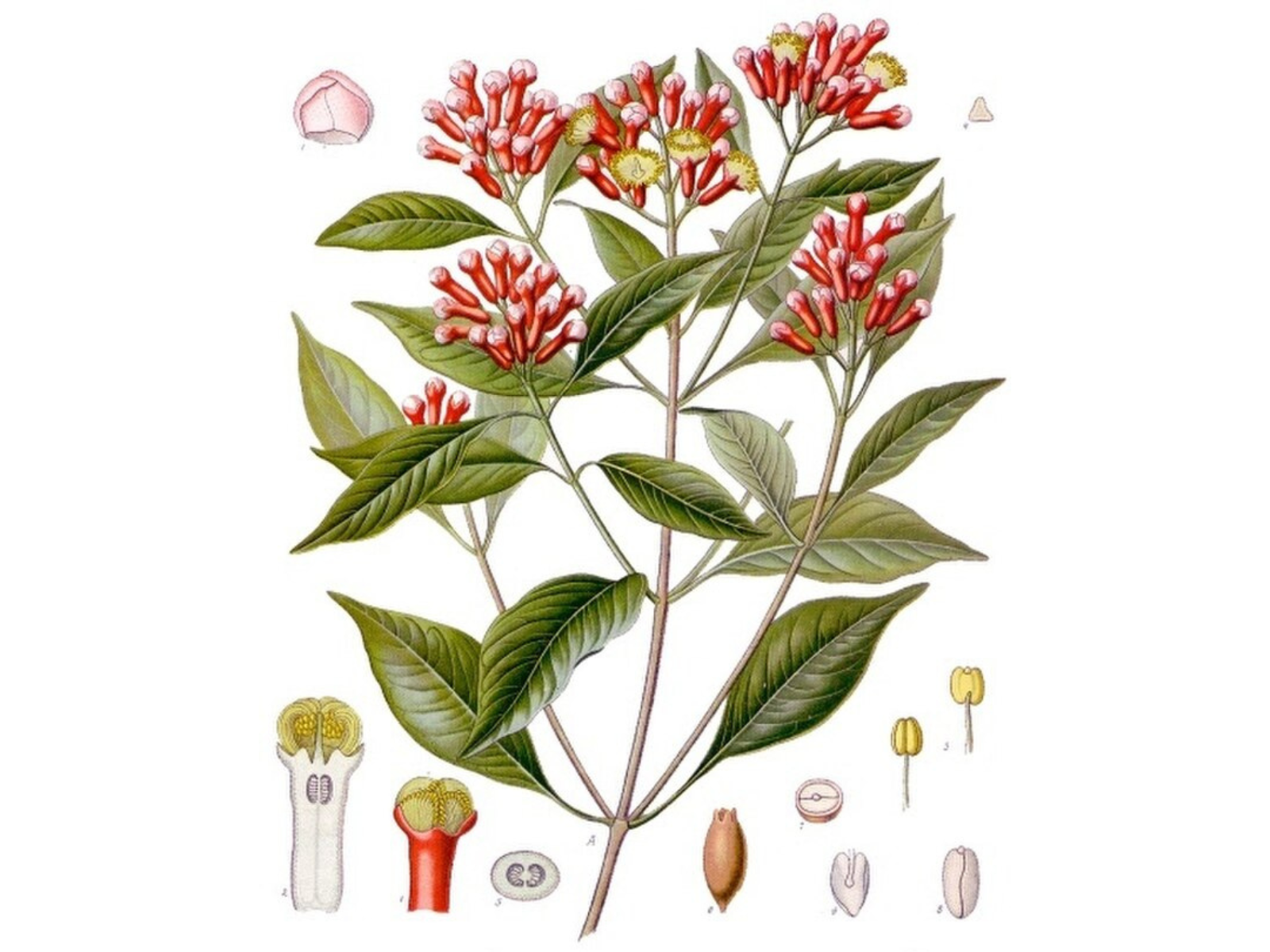
Flowers
Cloves (Syzygium aromaticum) come from a tropical evergreen tree in the Myrtle family. It is closely related to several other economically important plants including Allspice (Pimenta dioica), Guava (Psidium guajava) and Nutmeg (Myristica fragrans). The part that we eat is a sun-dried, unopened flower bud. The rounded structure at the tip of the clove consists of the unopened petals, the spiky structures are the sepals and the “stalk” is the hypanthium, a fusion of the sepals and petals with the ovary. Cloves are ground up before being added to doughs but whole cloves are used to make mulled wine and hot toddies, or to flavour a ham. In addition to gingerbread, cloves are used in spicy cookies such as German Speculaaas and Pfeffernusse. The Clove tree is native to Indonesia, but has been planted elsewhere in the south Pacific to meet human demand.
Image: Illustration of Cloves (Syzygium aromaticum) in Köhler’s Medizinal-Pflanzen by Franz Eugen Köhler. Public domain.
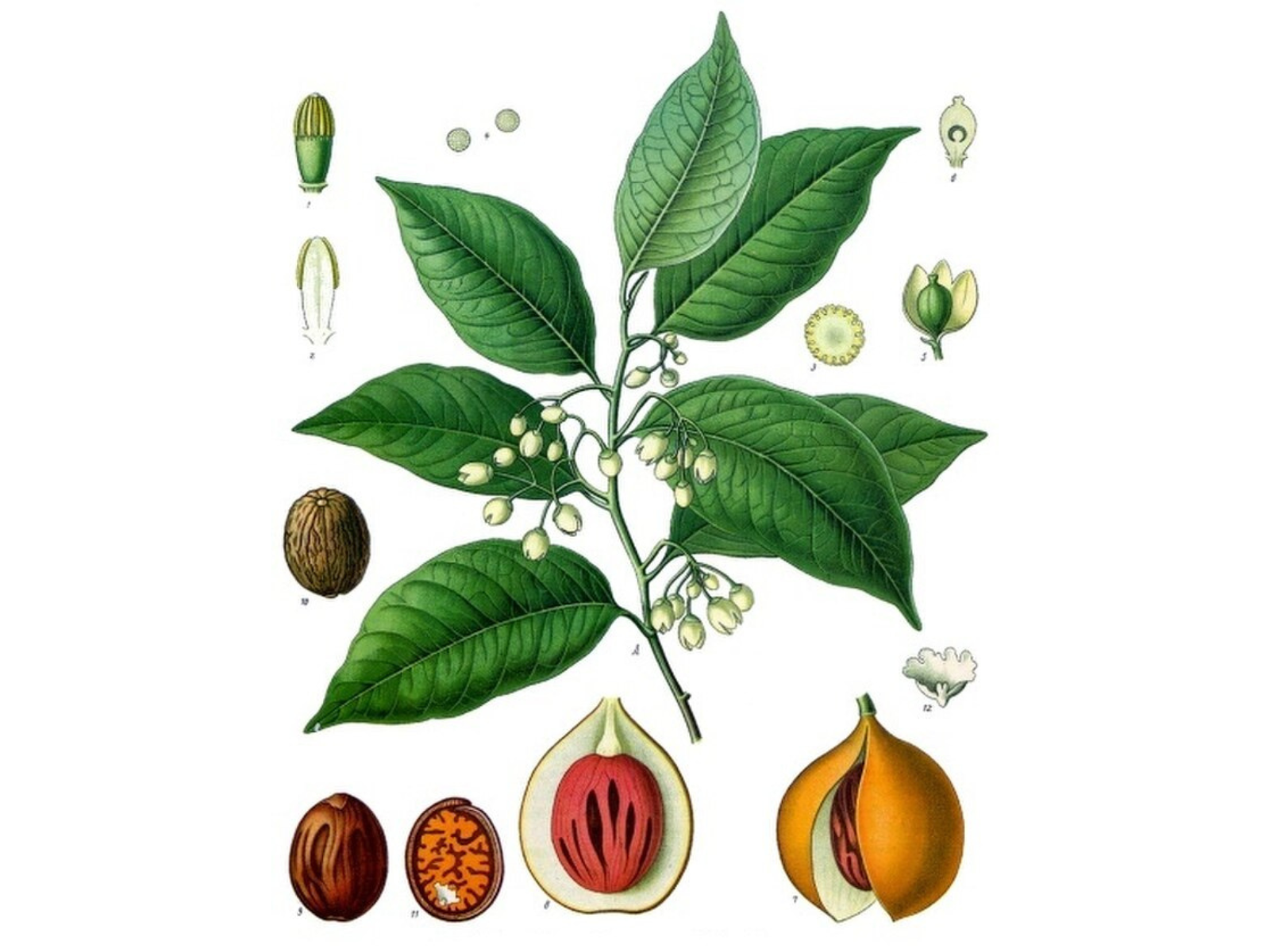
Fruits
Nutmeg (Myristica fragrans), another tropical evergreen tree, is closely related to the Clove tree, being in the same family, and native to the same part of the world. However, the part we use is not the flower but the fruit. Nutmeg is the hard seed inside an apricot-sized fruit called a drupe. Mace, another spice with a similar flavour that is also sometimes used in gingerbread, is a reddish covering around the nutmeg seed. Mace is typically more expensive than nutmeg, simply because there is less of it per fruit. Nutmeg is also used to flavour fruit cakes and mince tarts, and is the traditional garnish to a glass of egg nog.
Image: Illustration of Nutmeg (Myristica fragrans) in Köhler’s Medizinal-Pflanzen by Franz Eugen Köhler. Public domain.
Whatever you use spices for, they are guaranteed to do one thing: make your food delicious! Happy baking!




